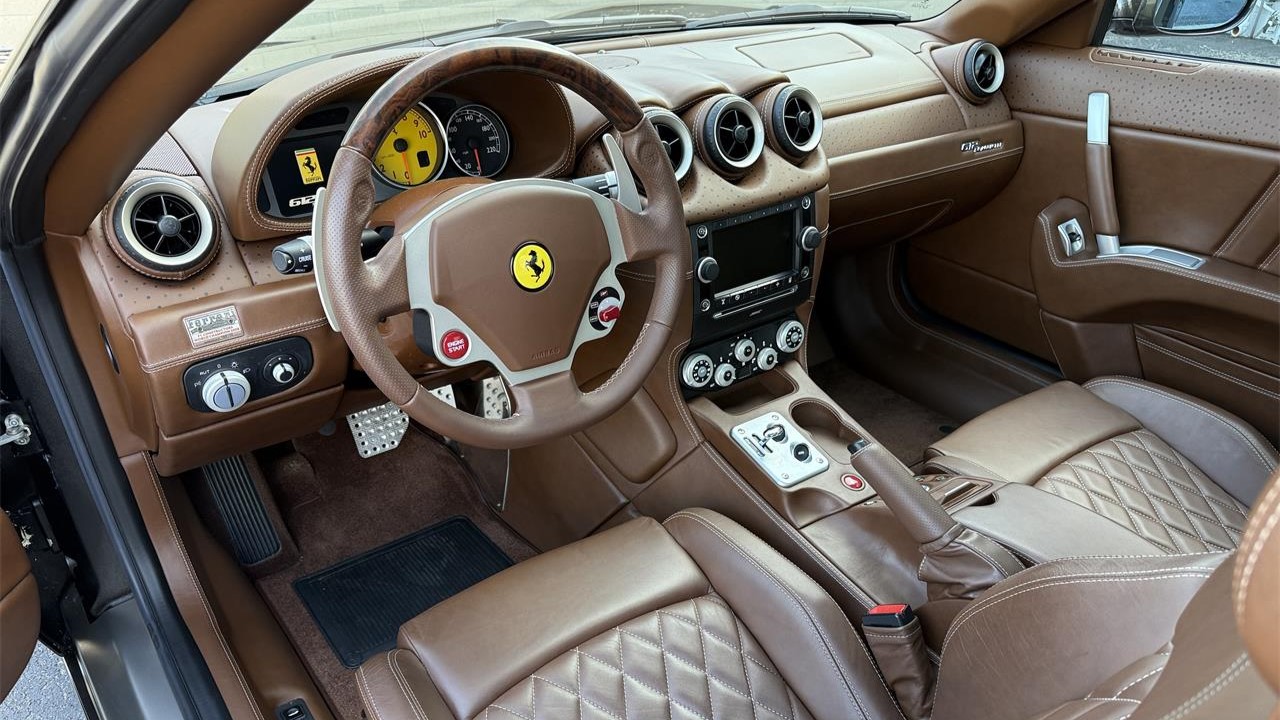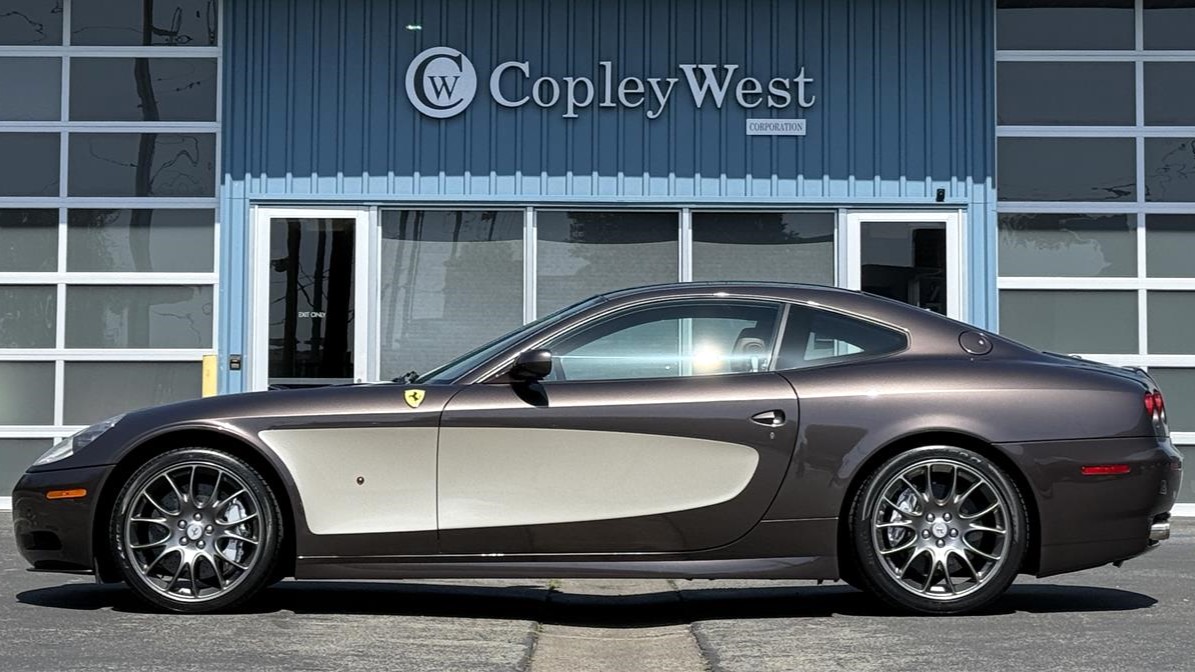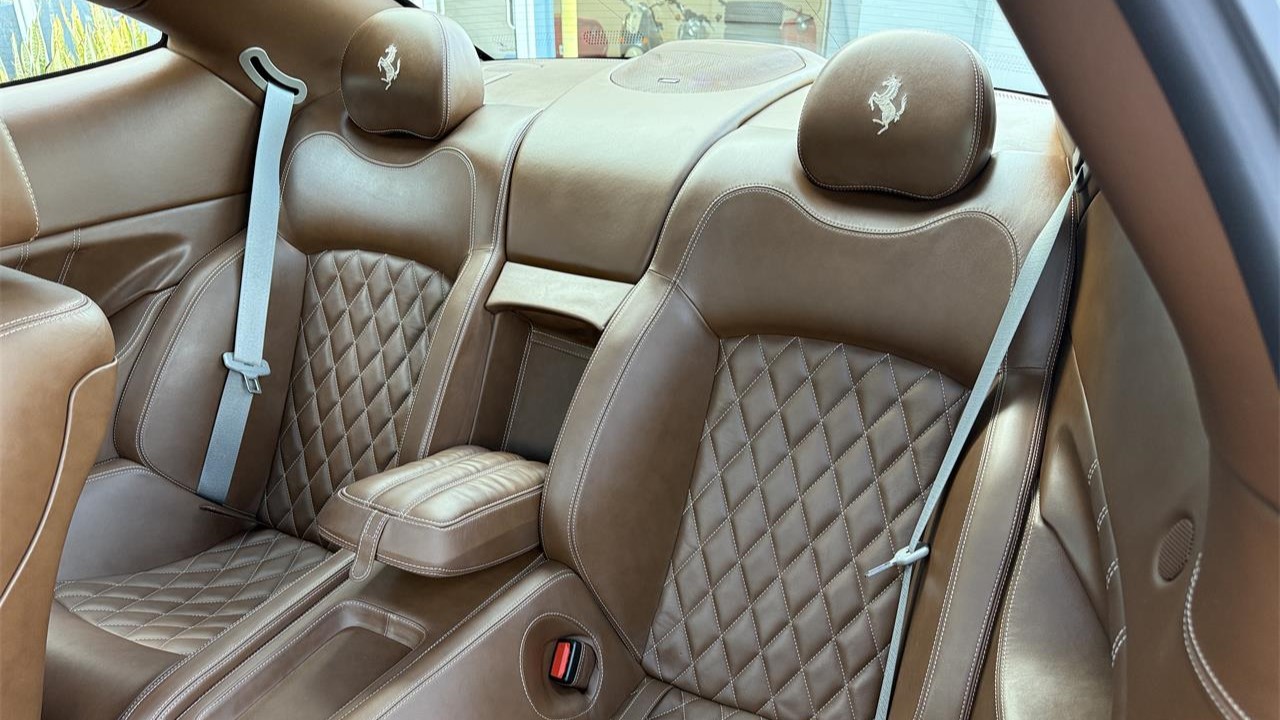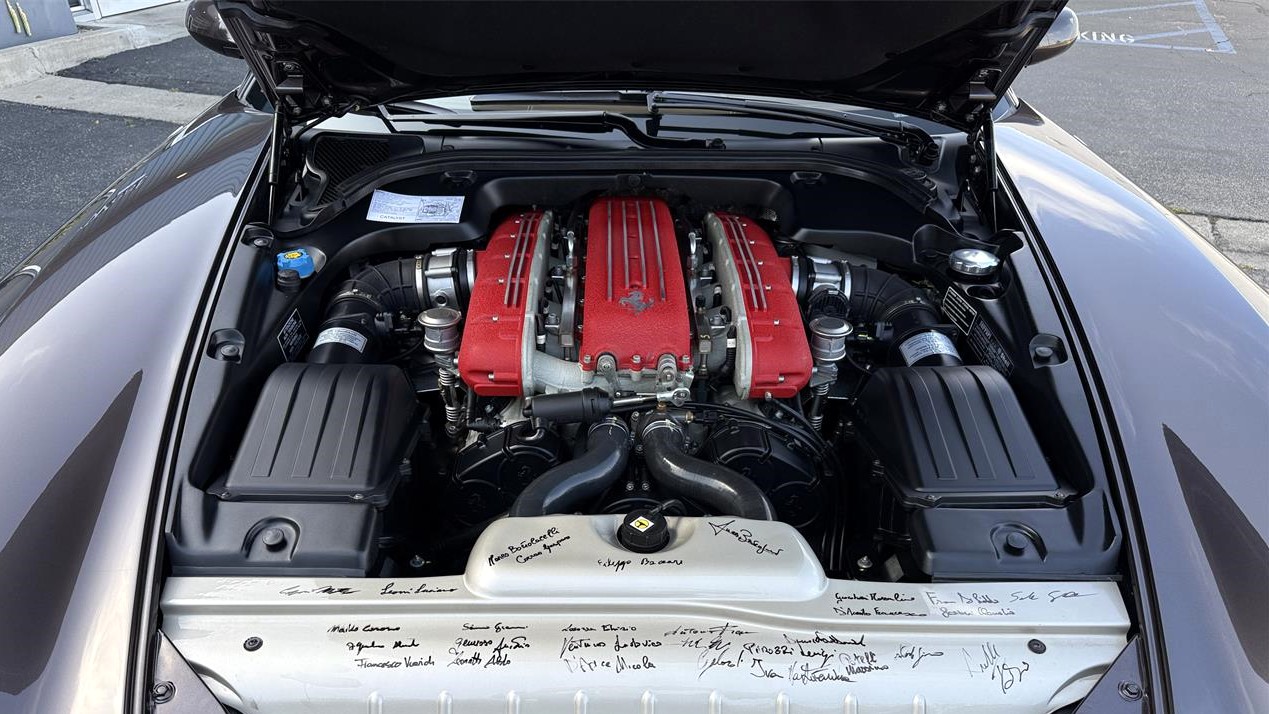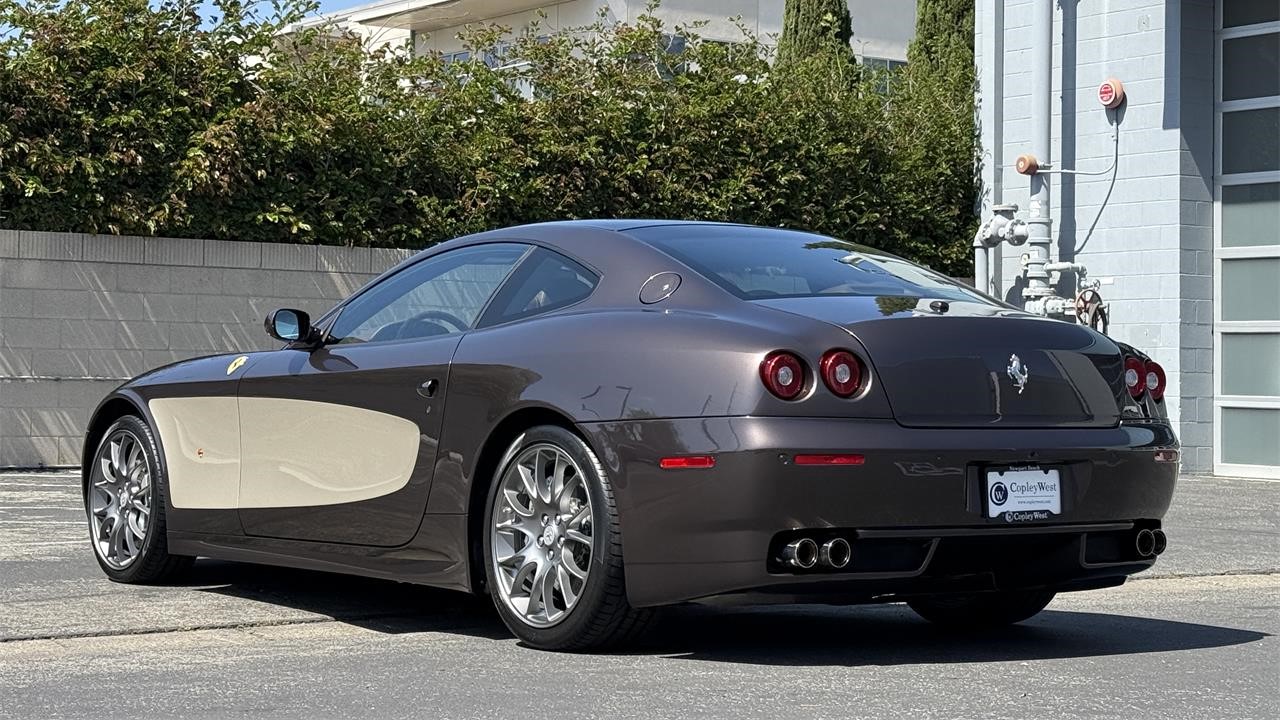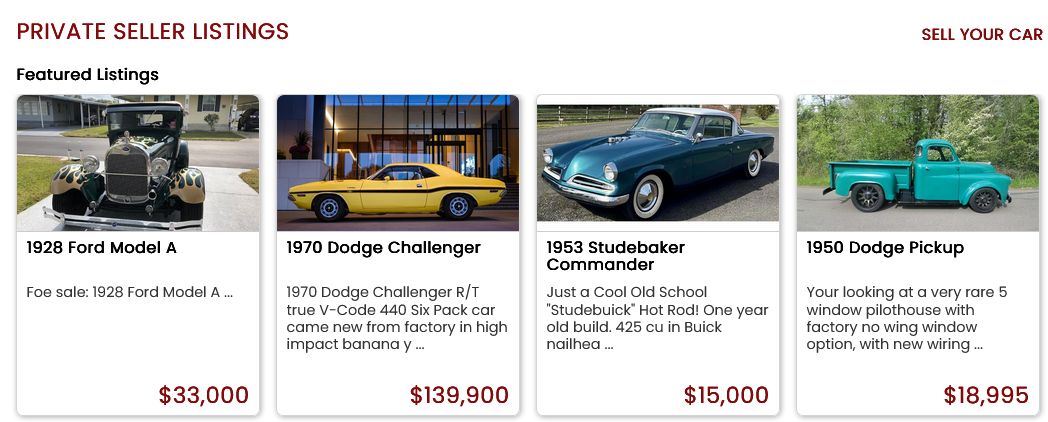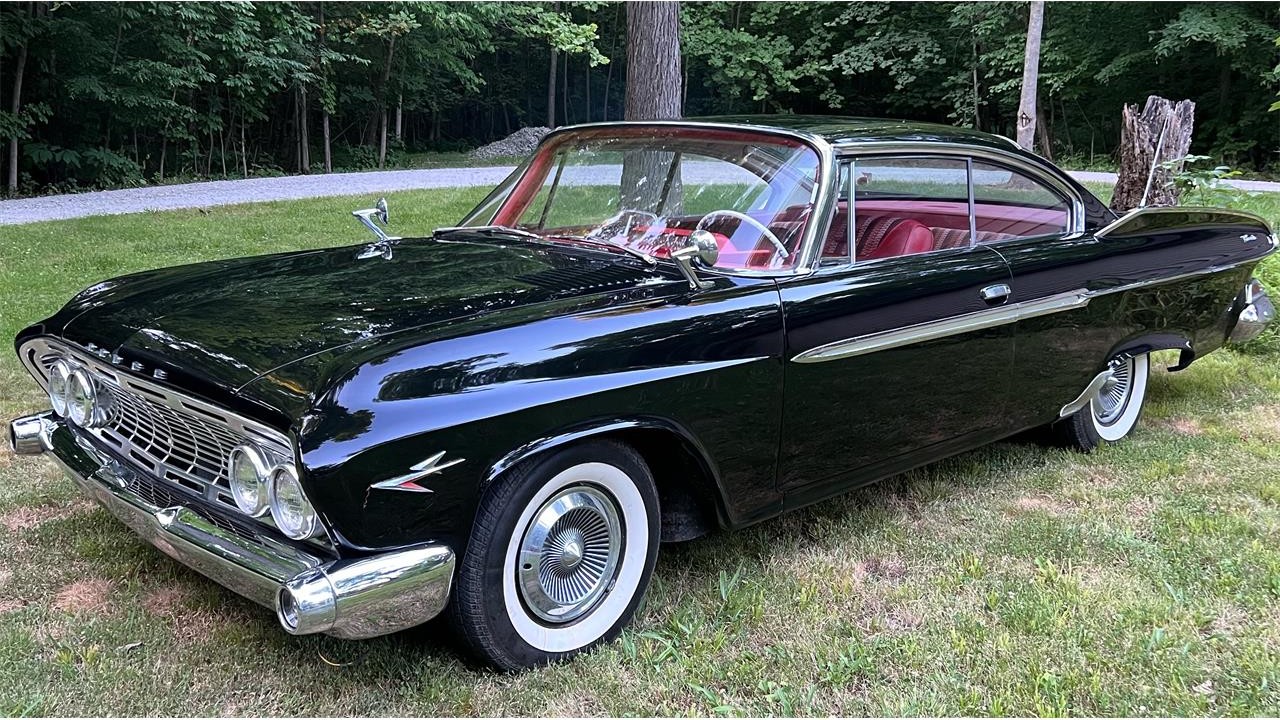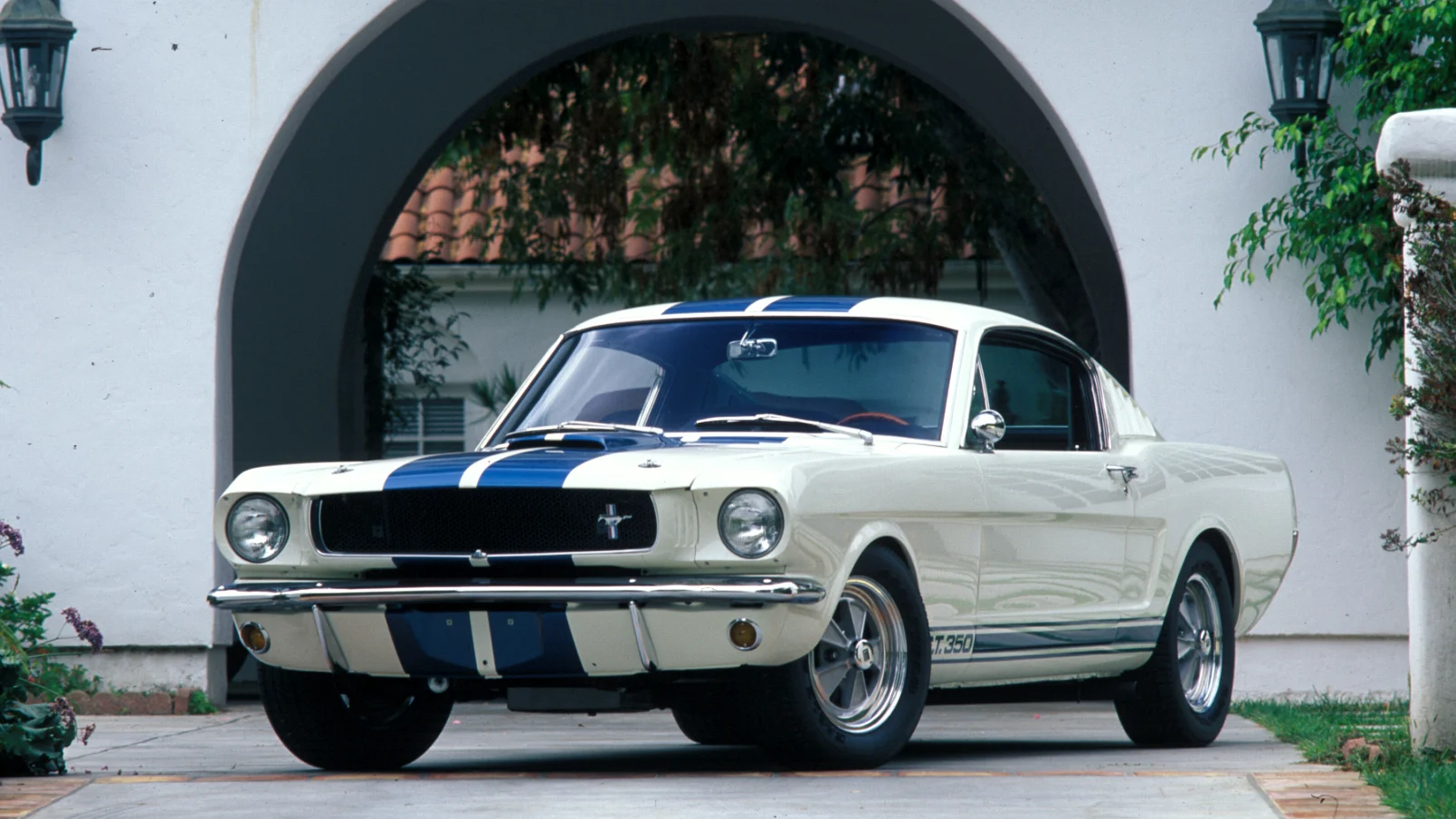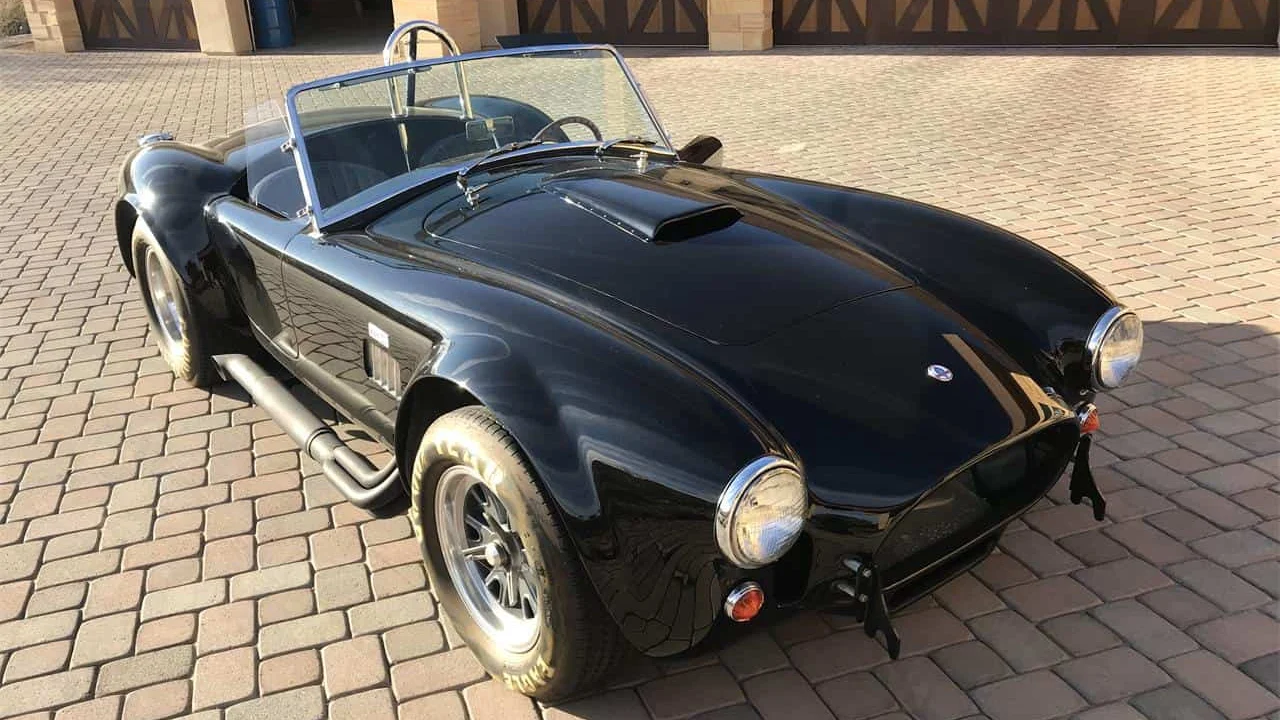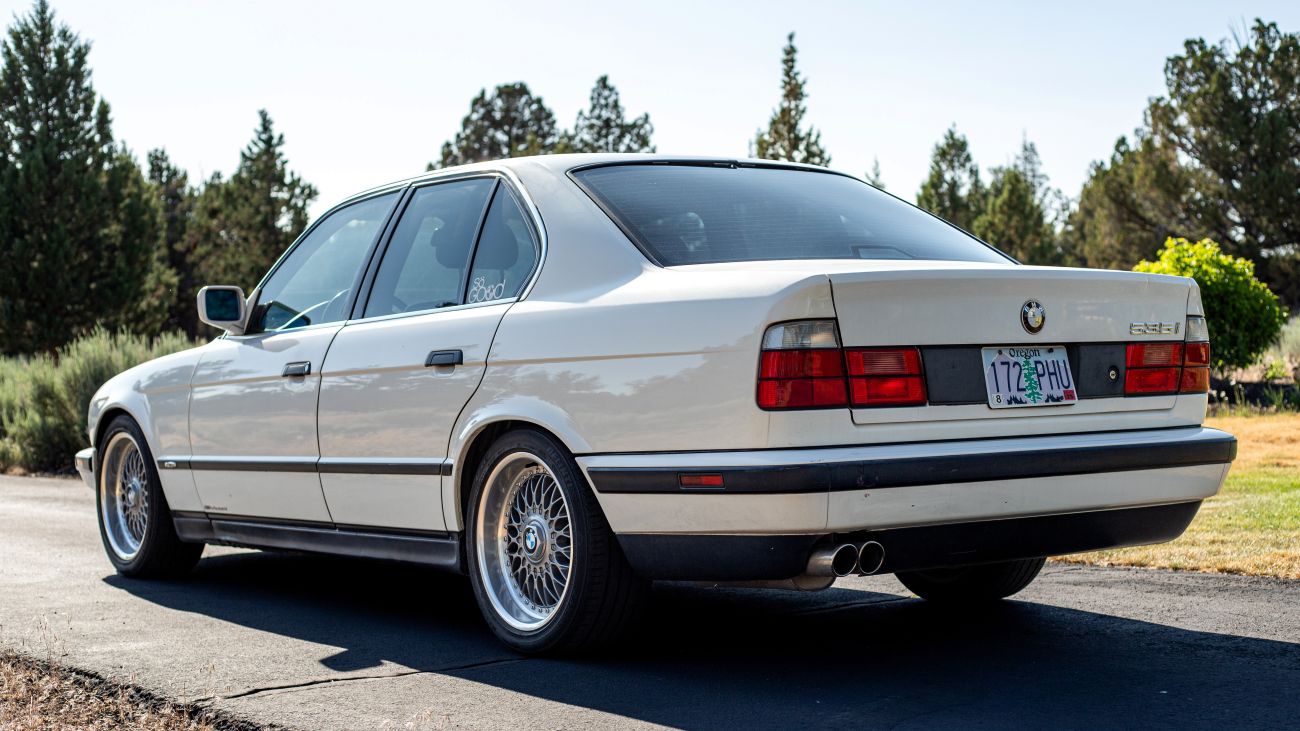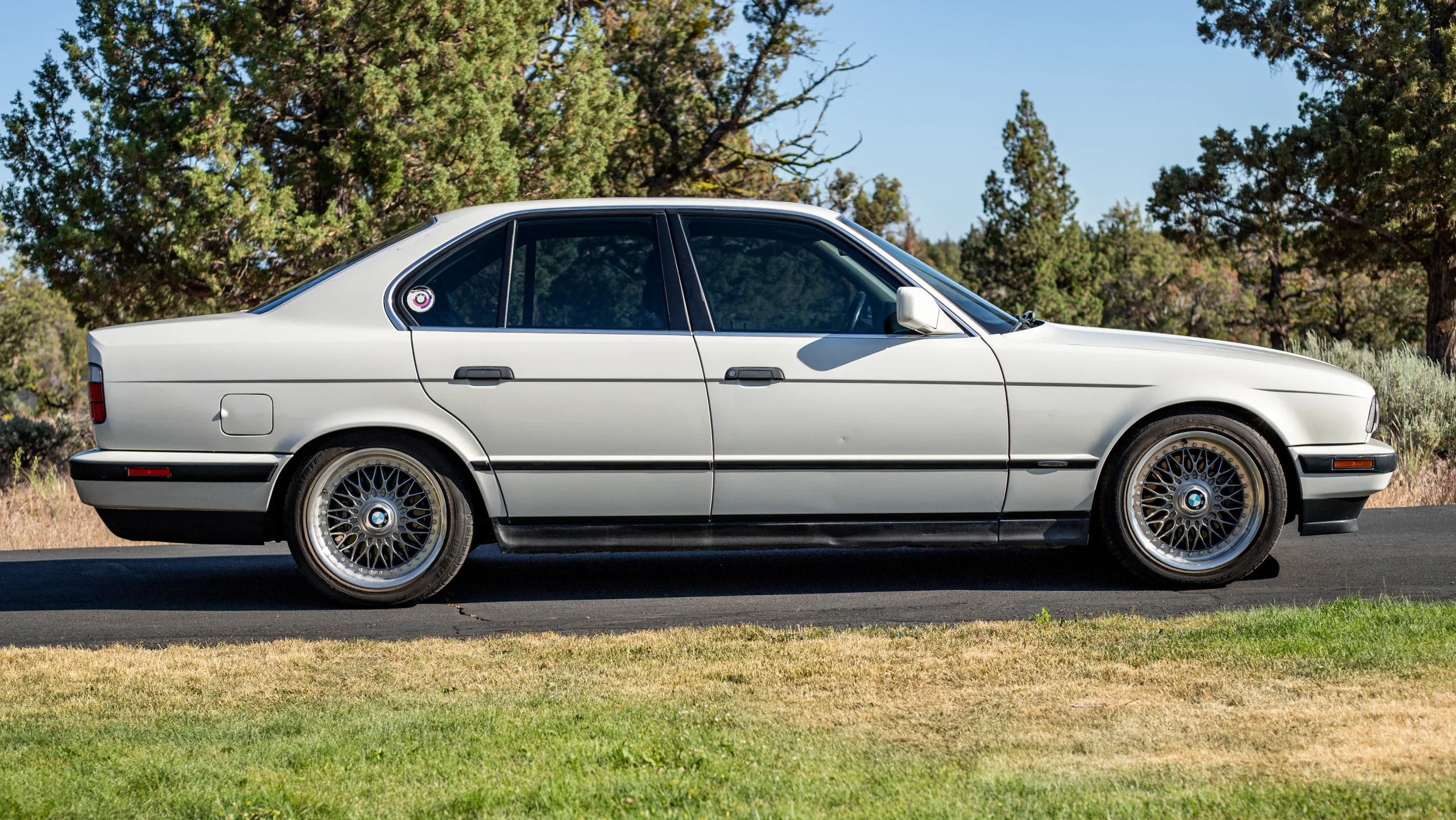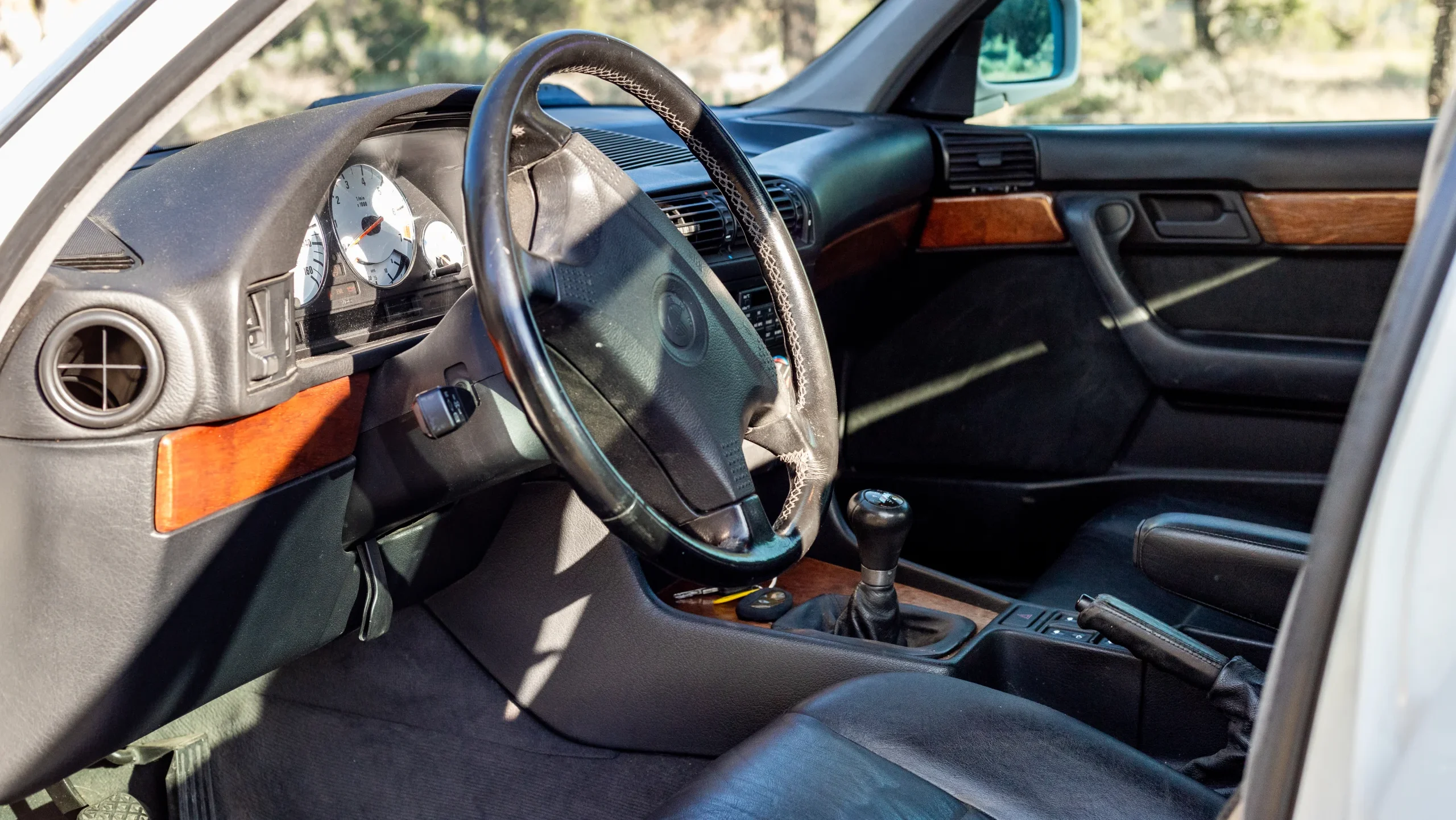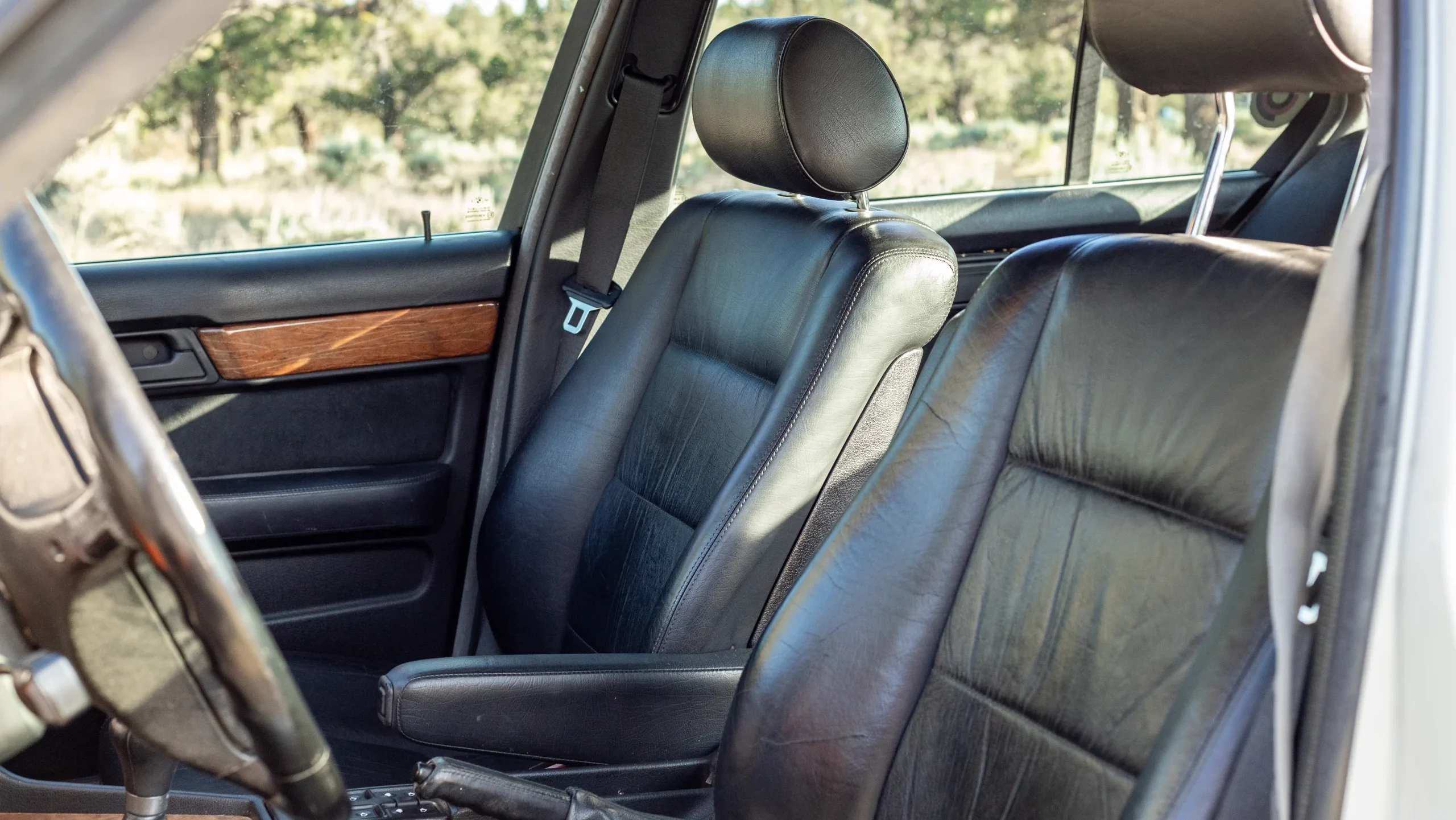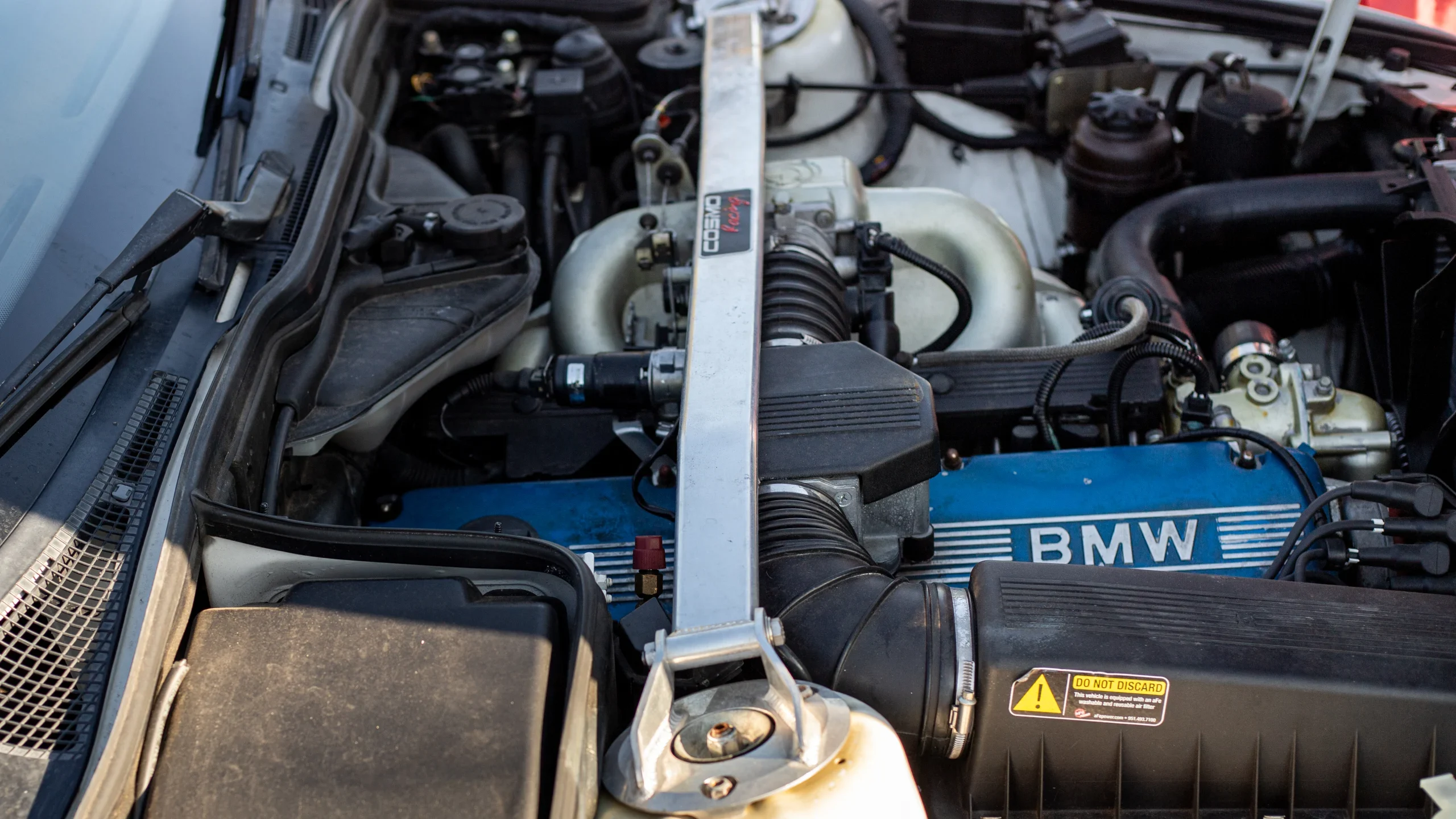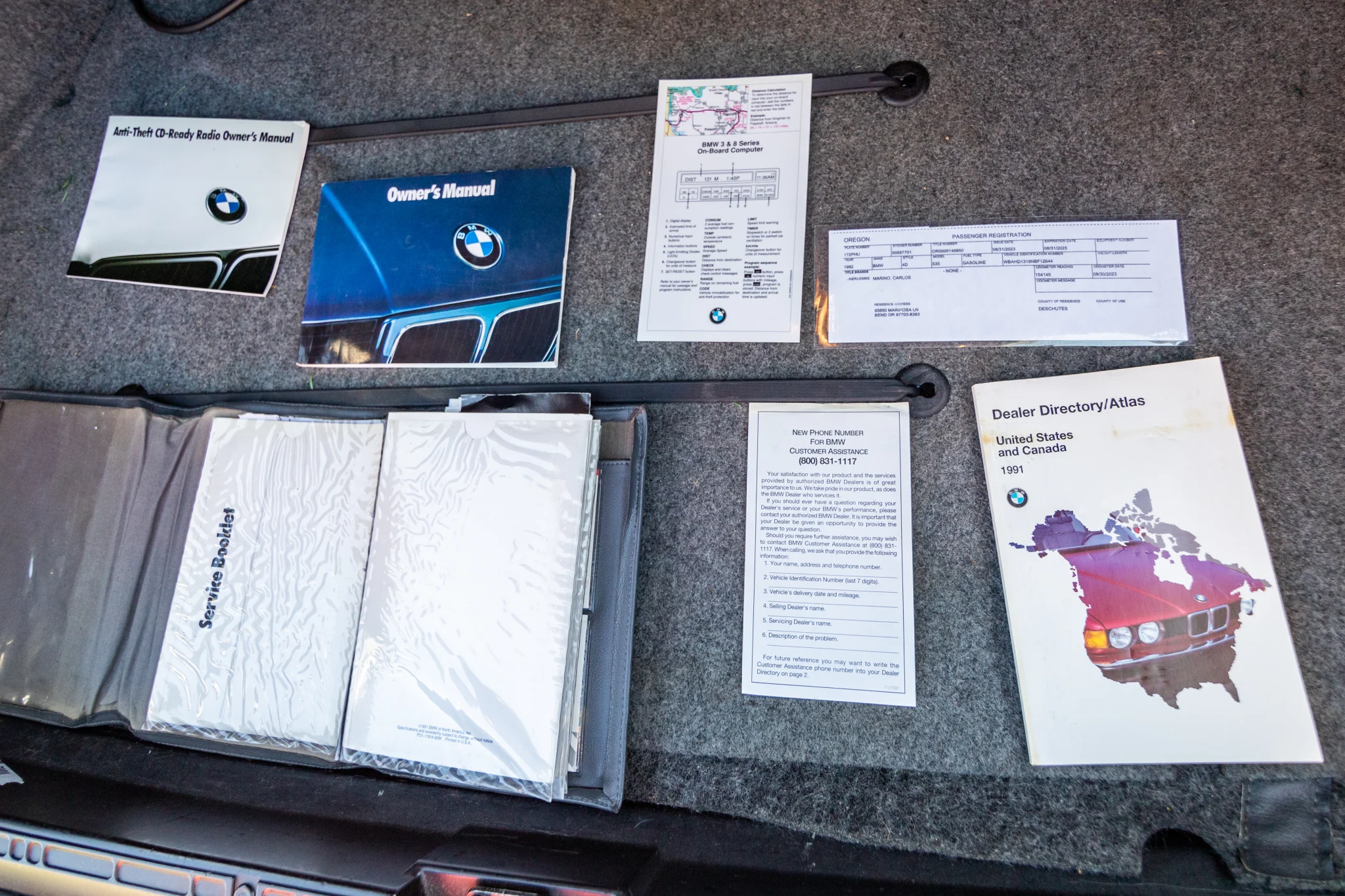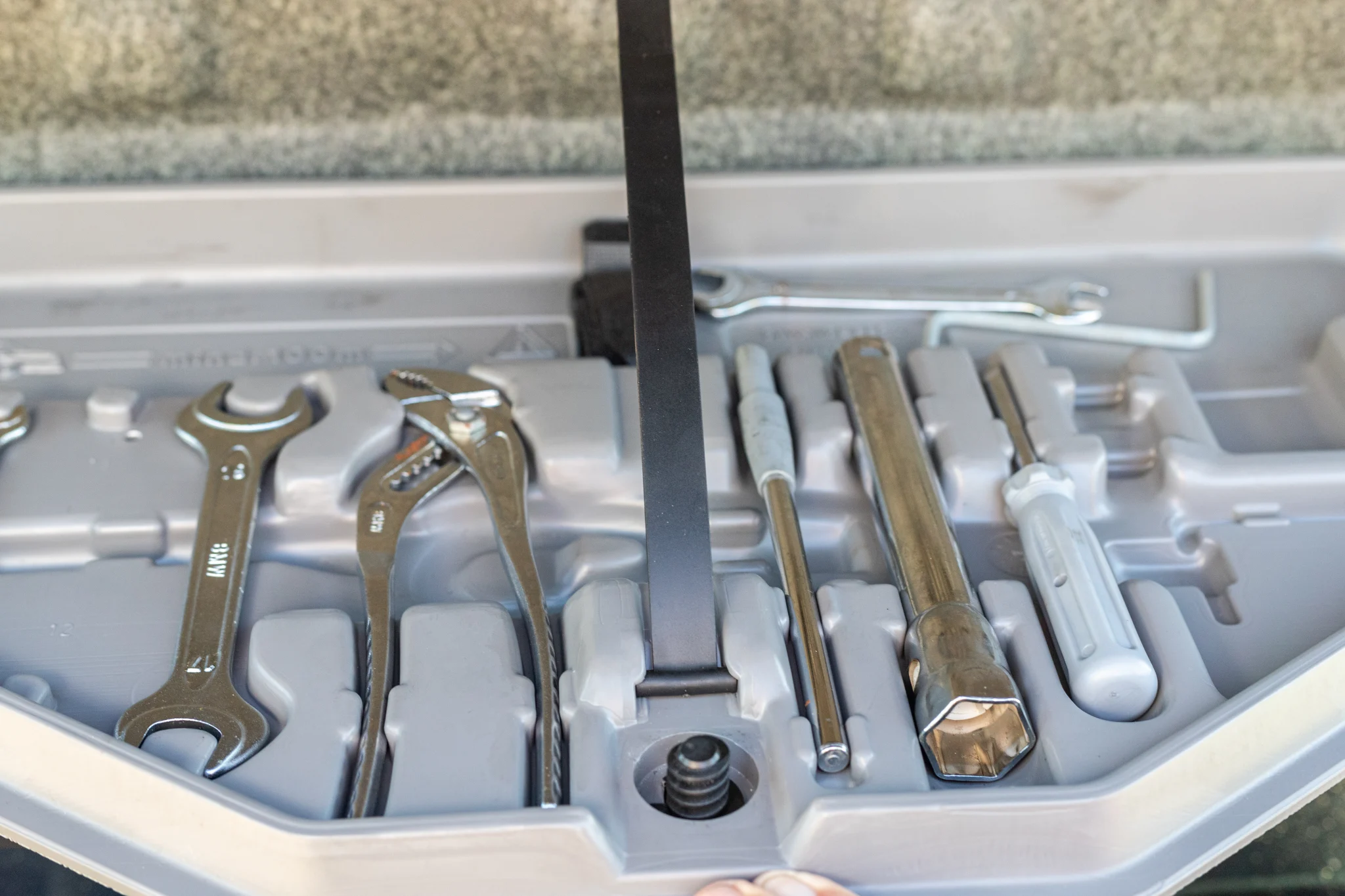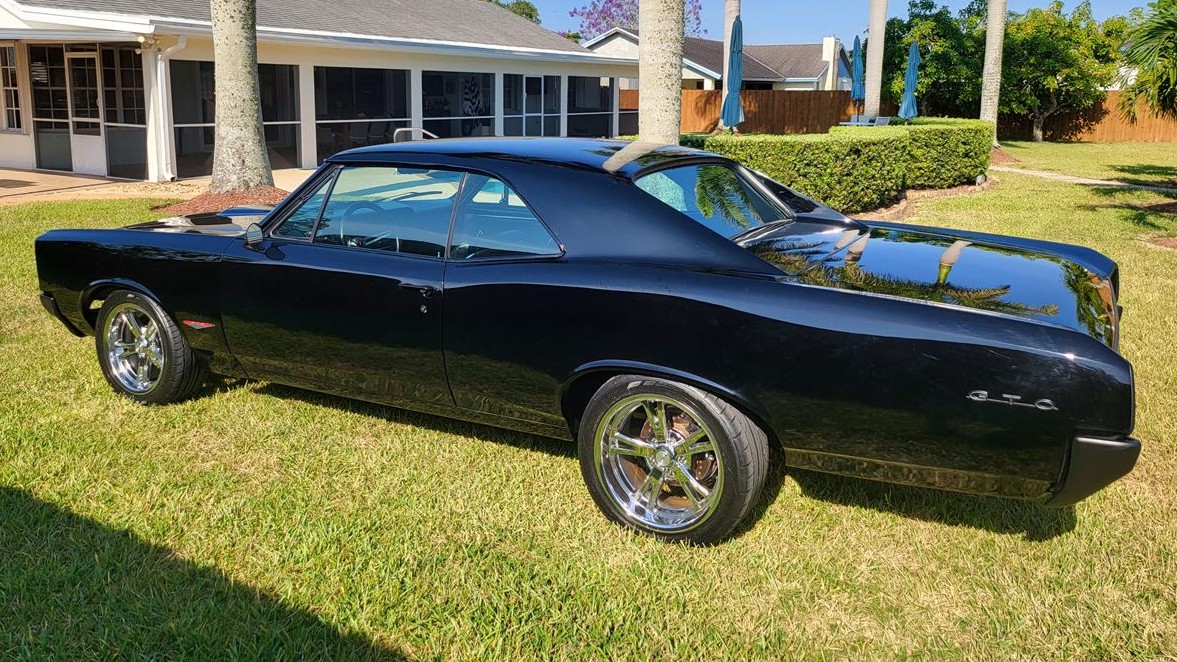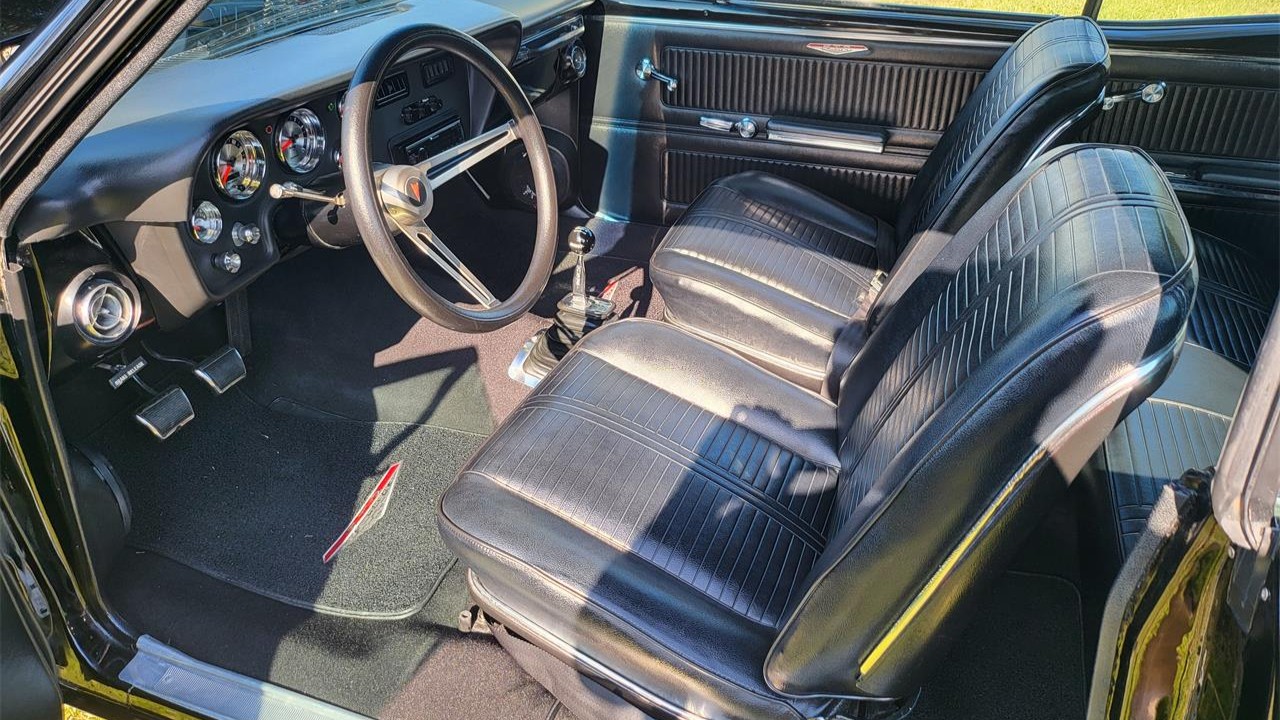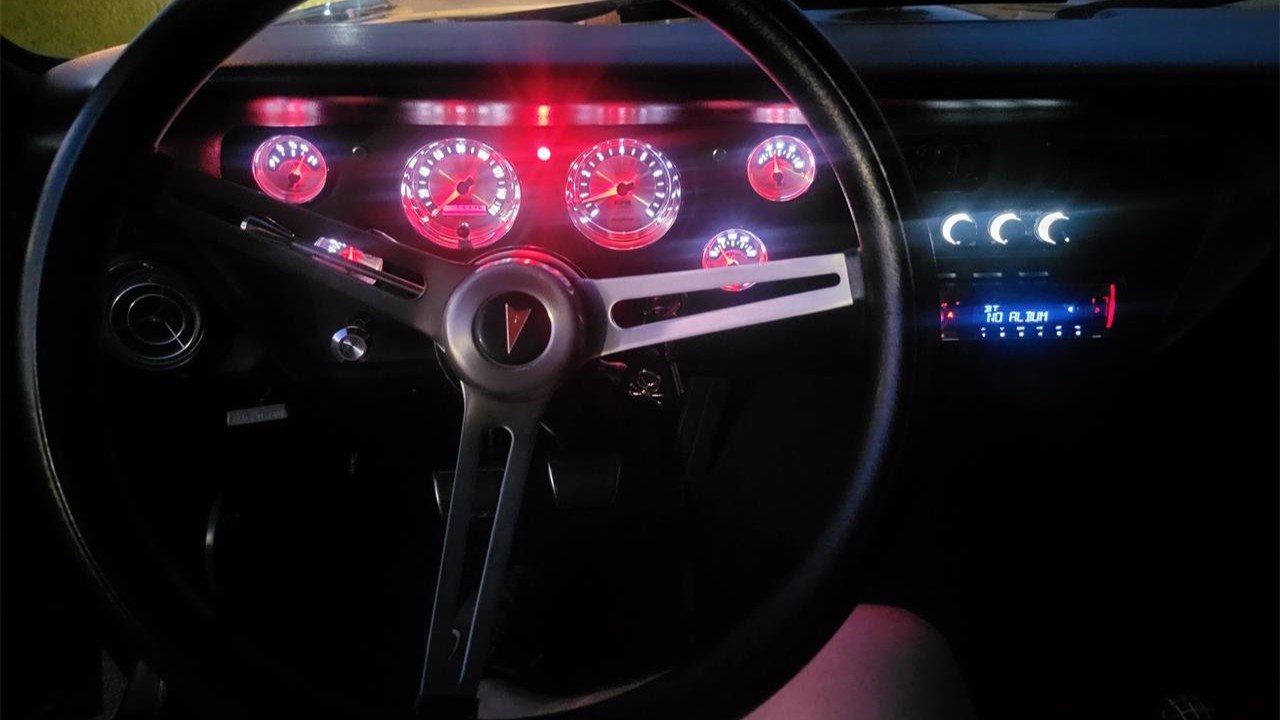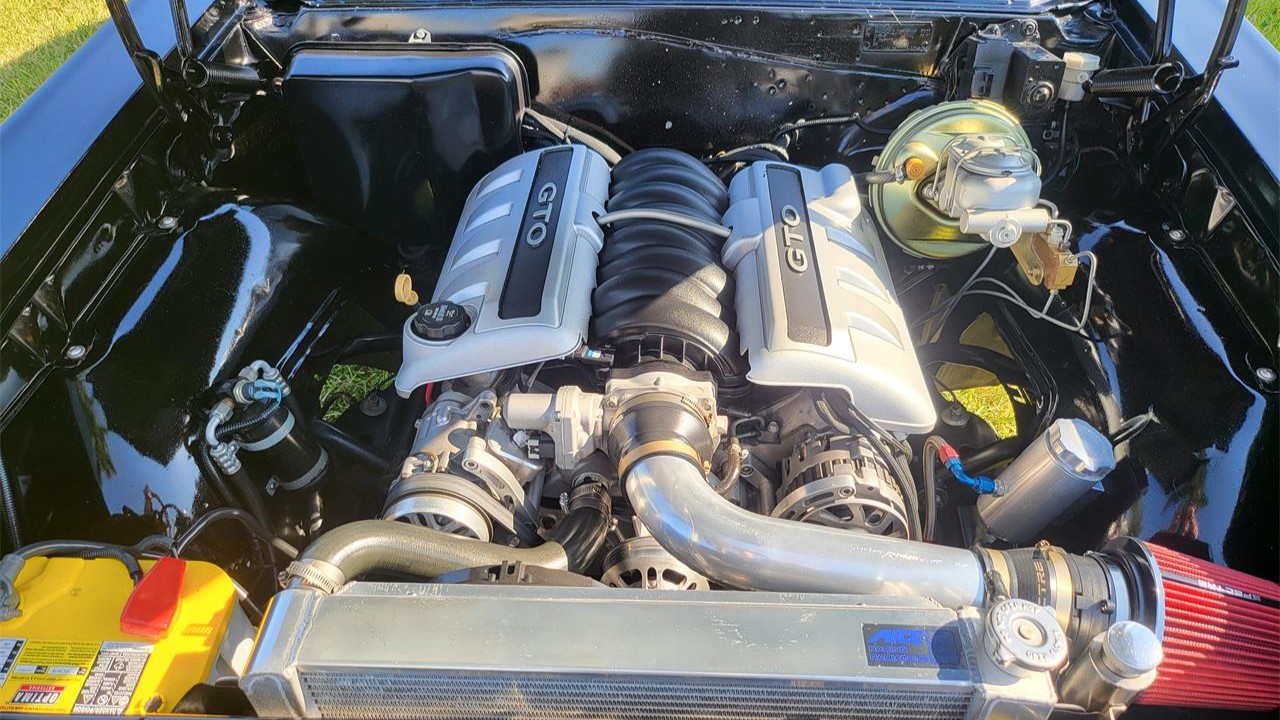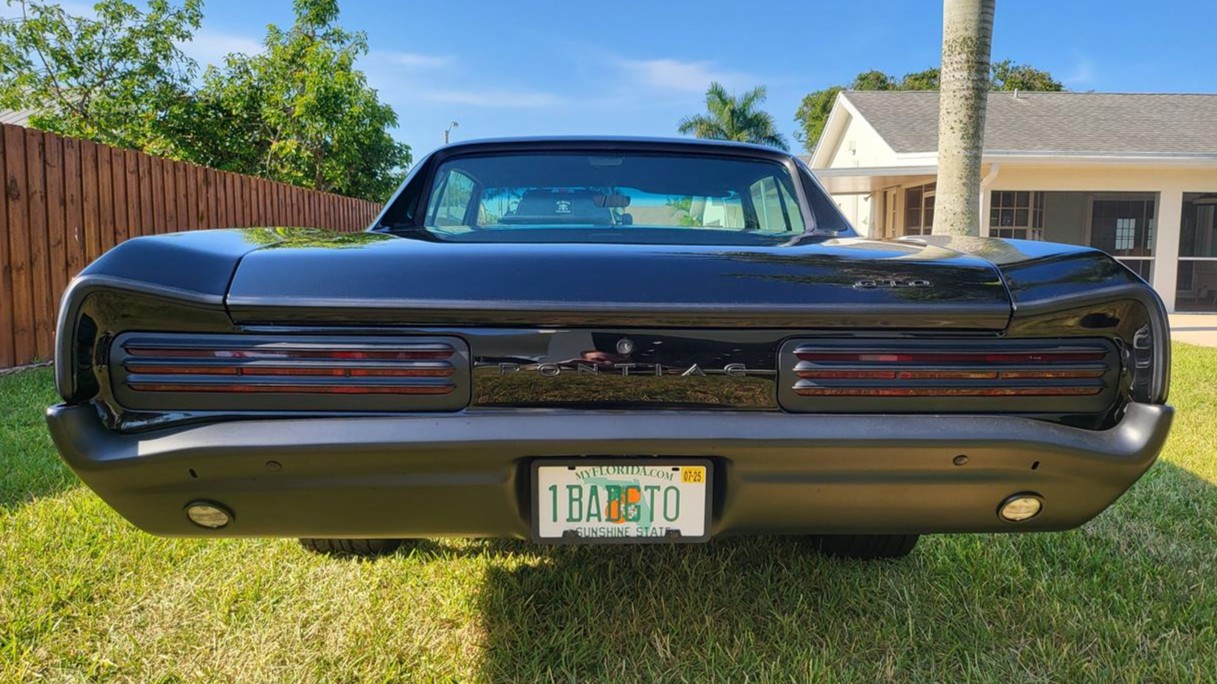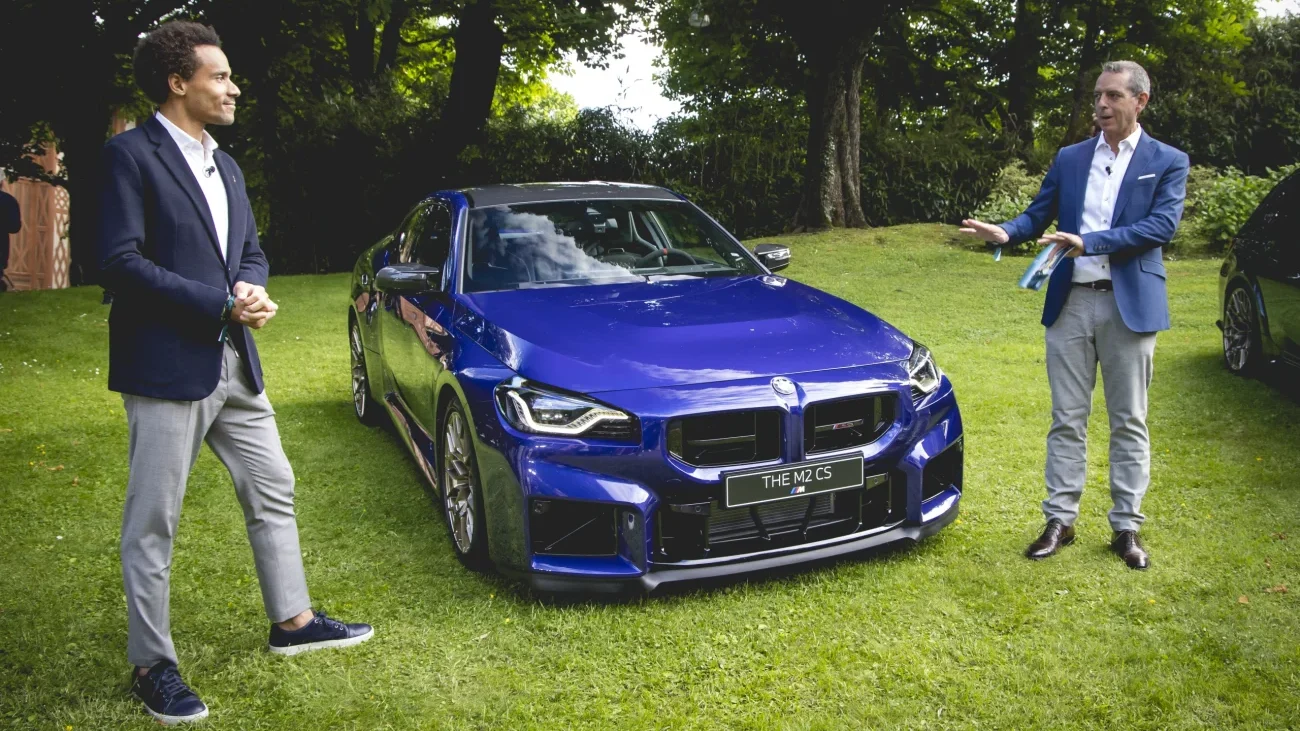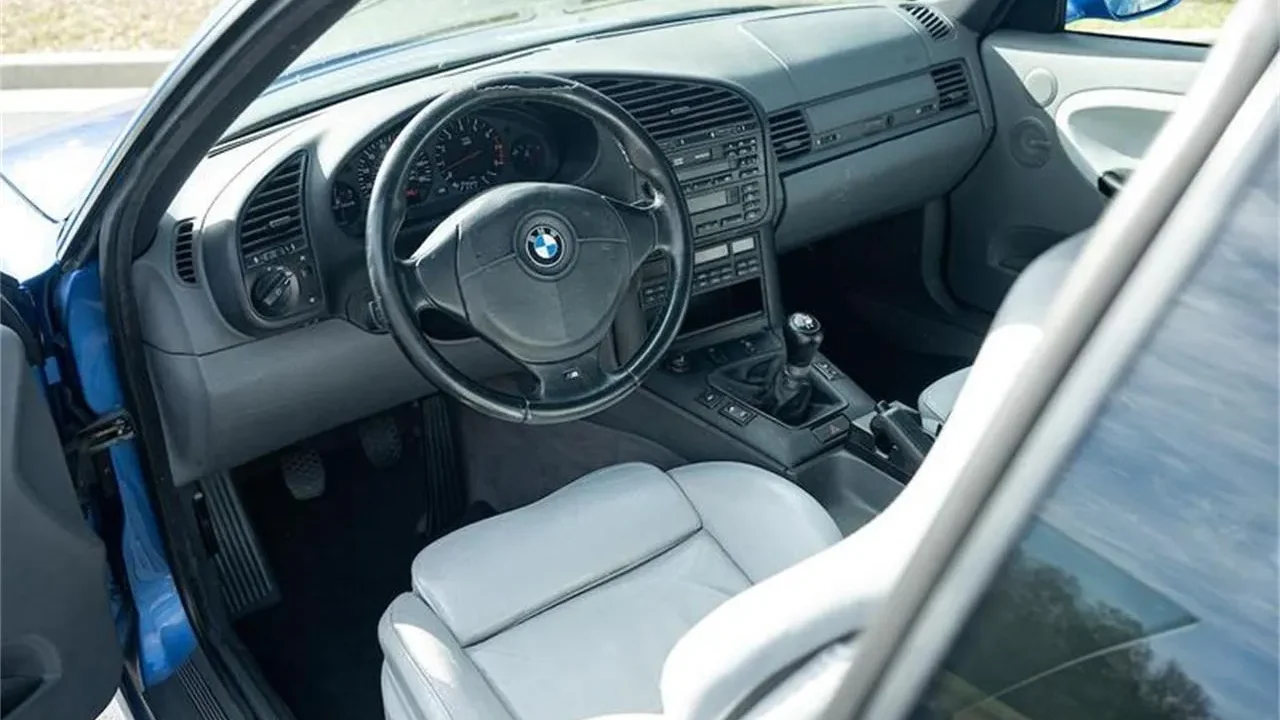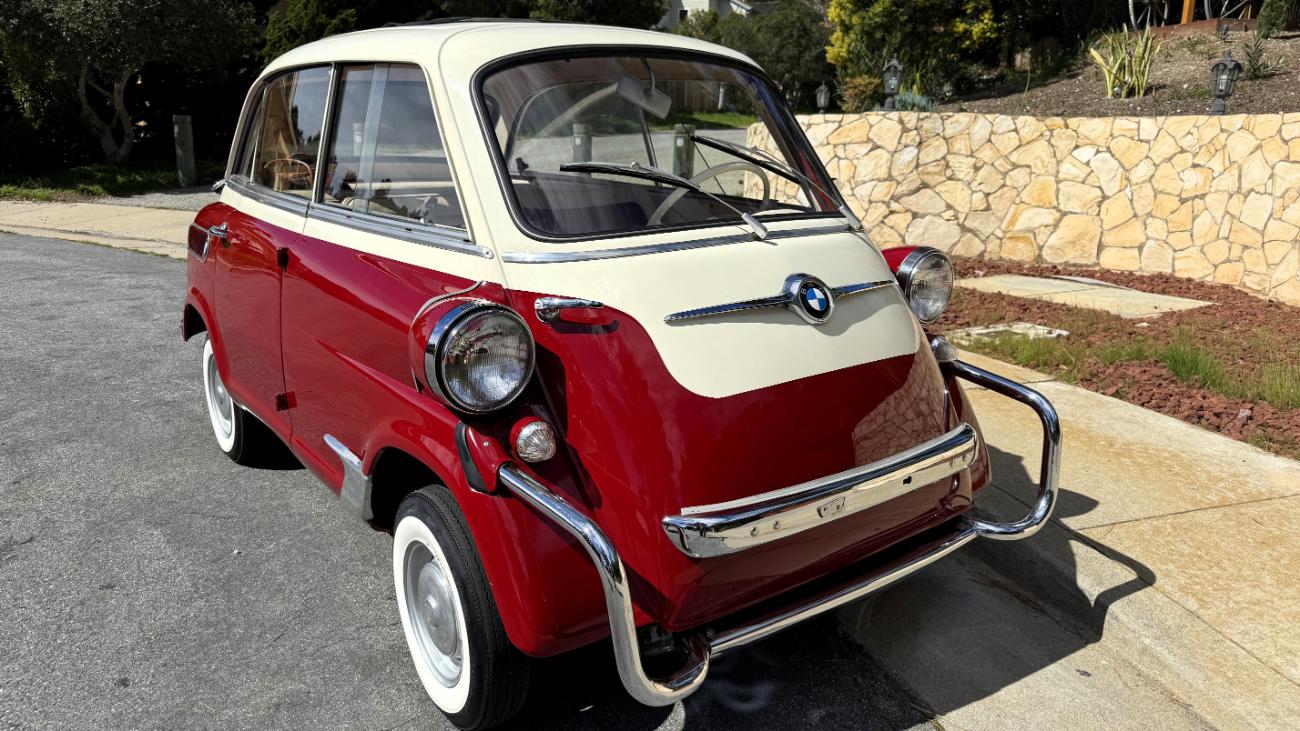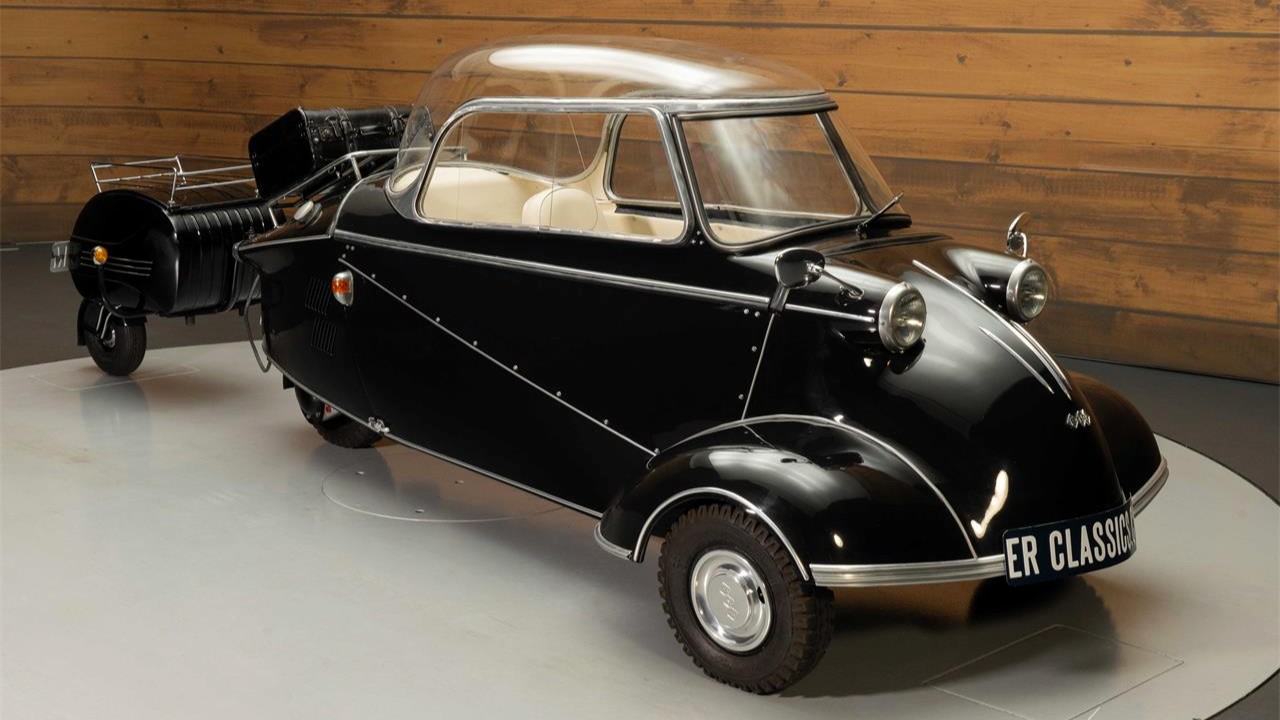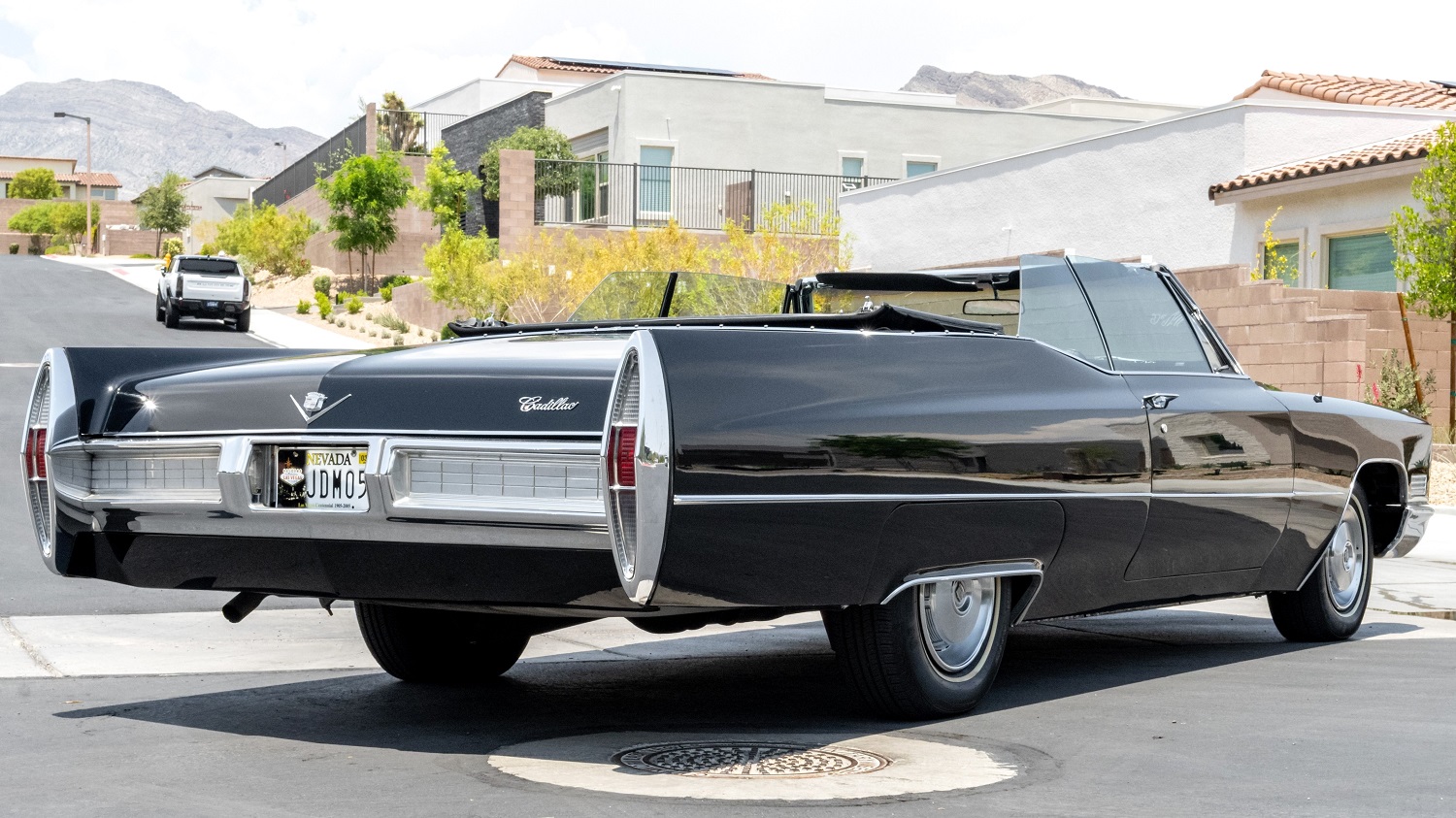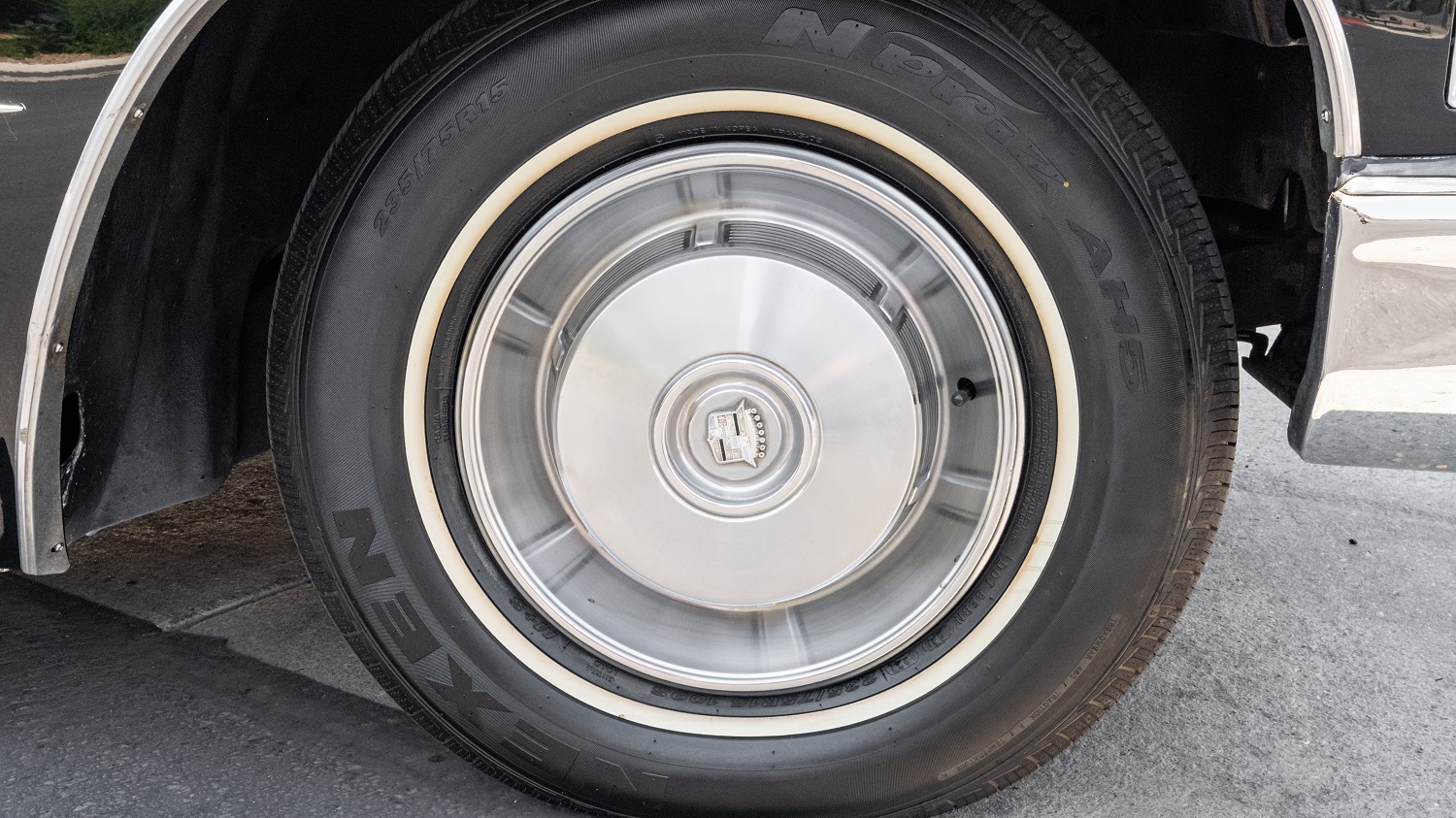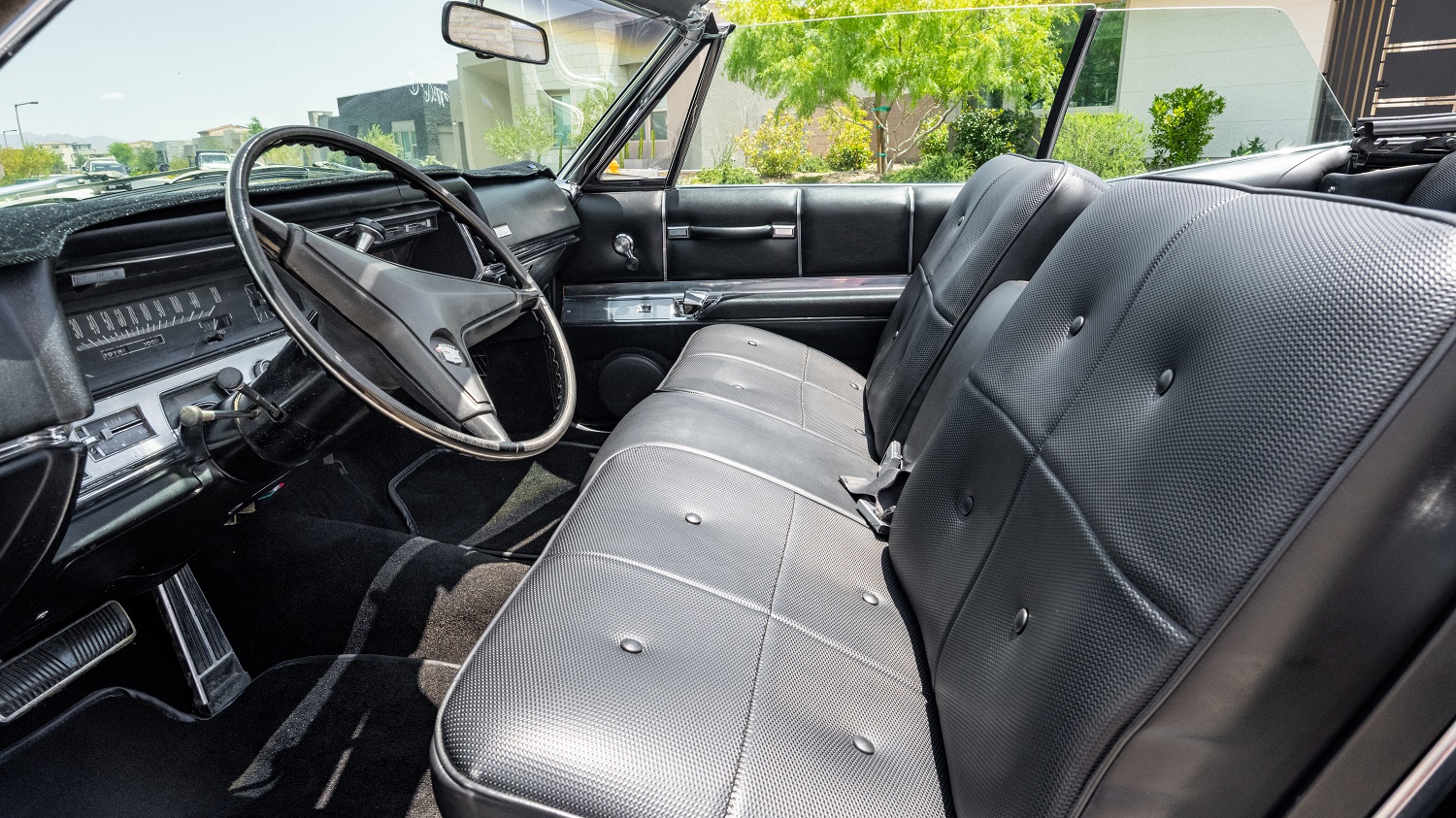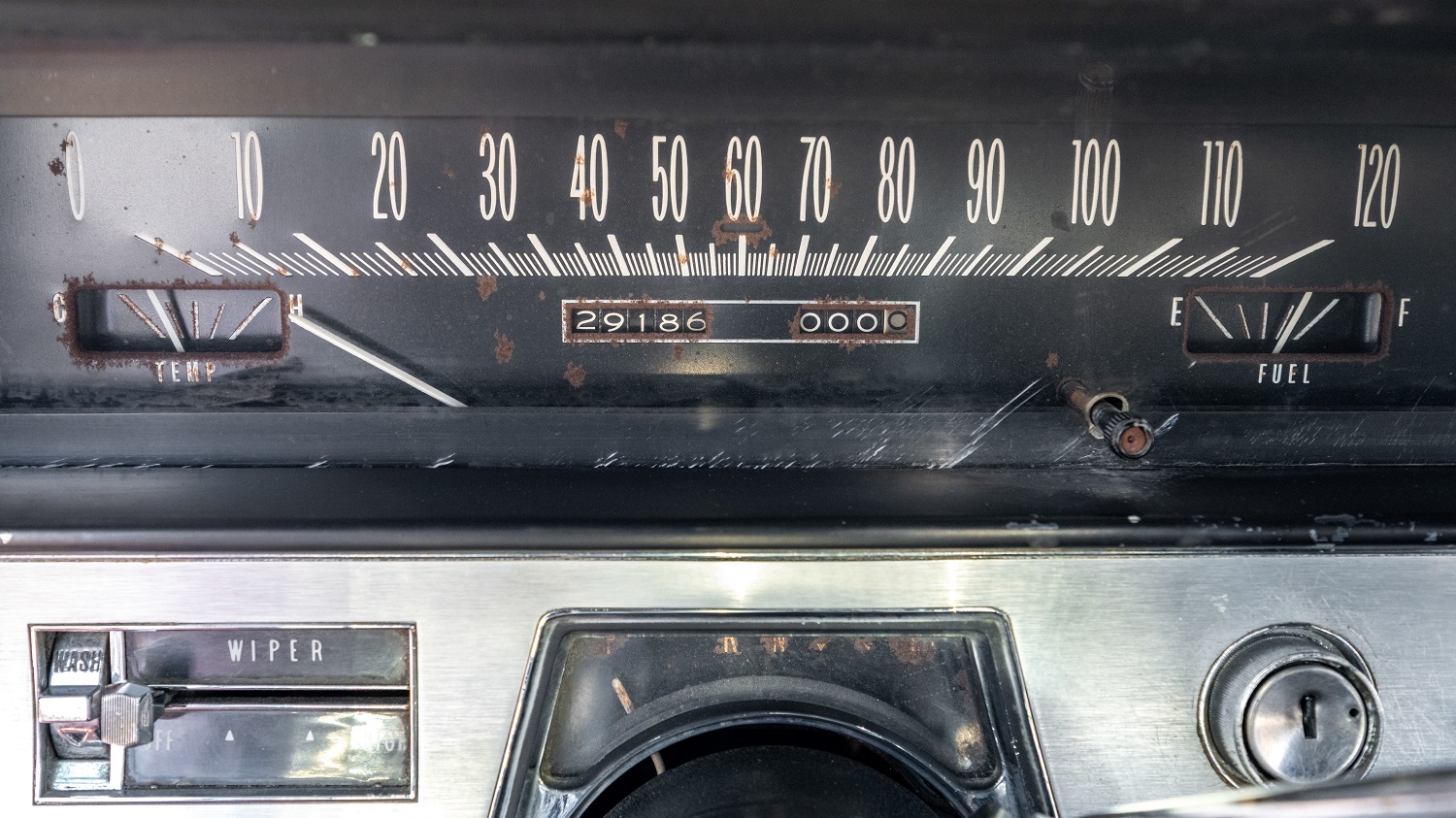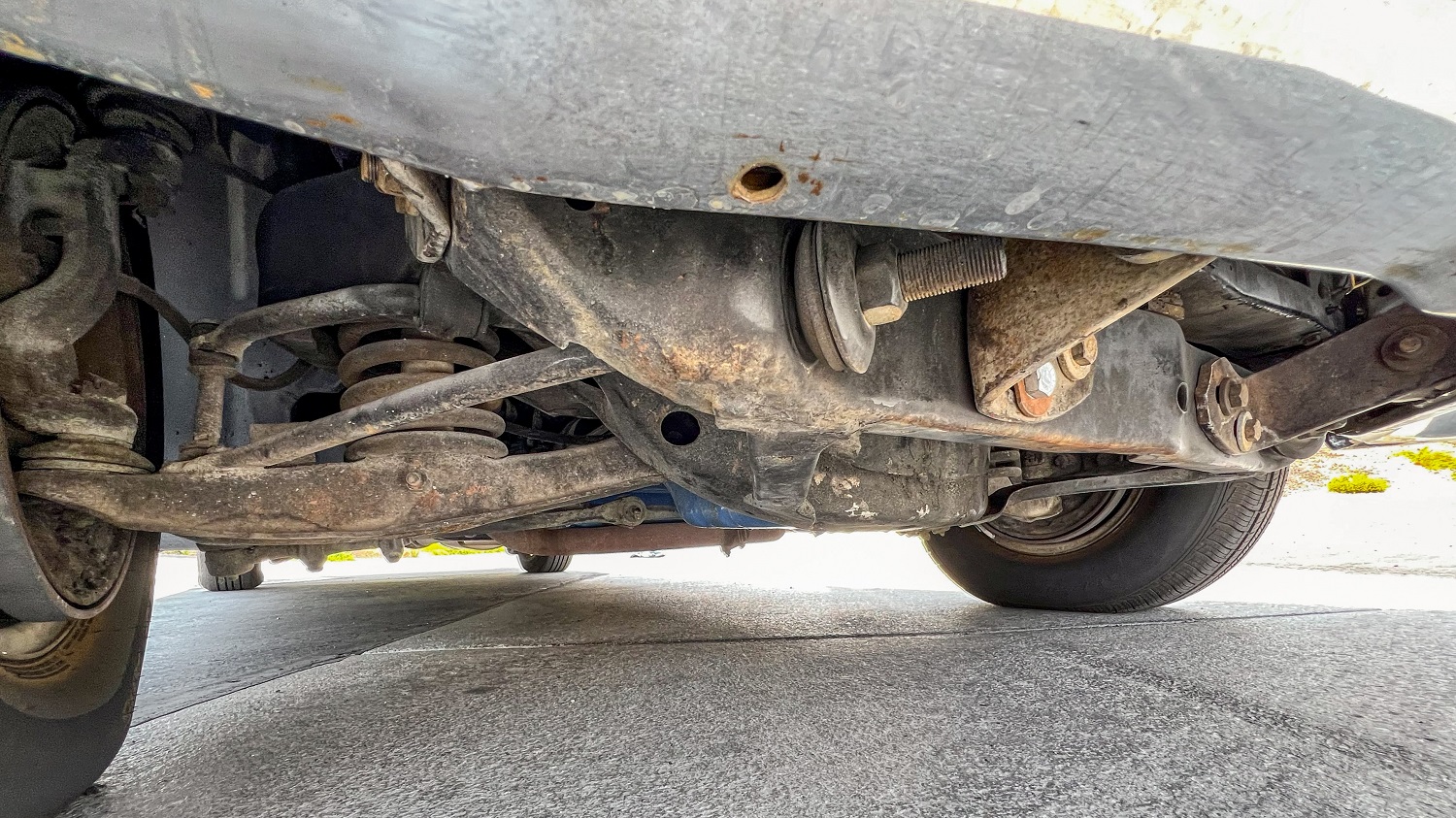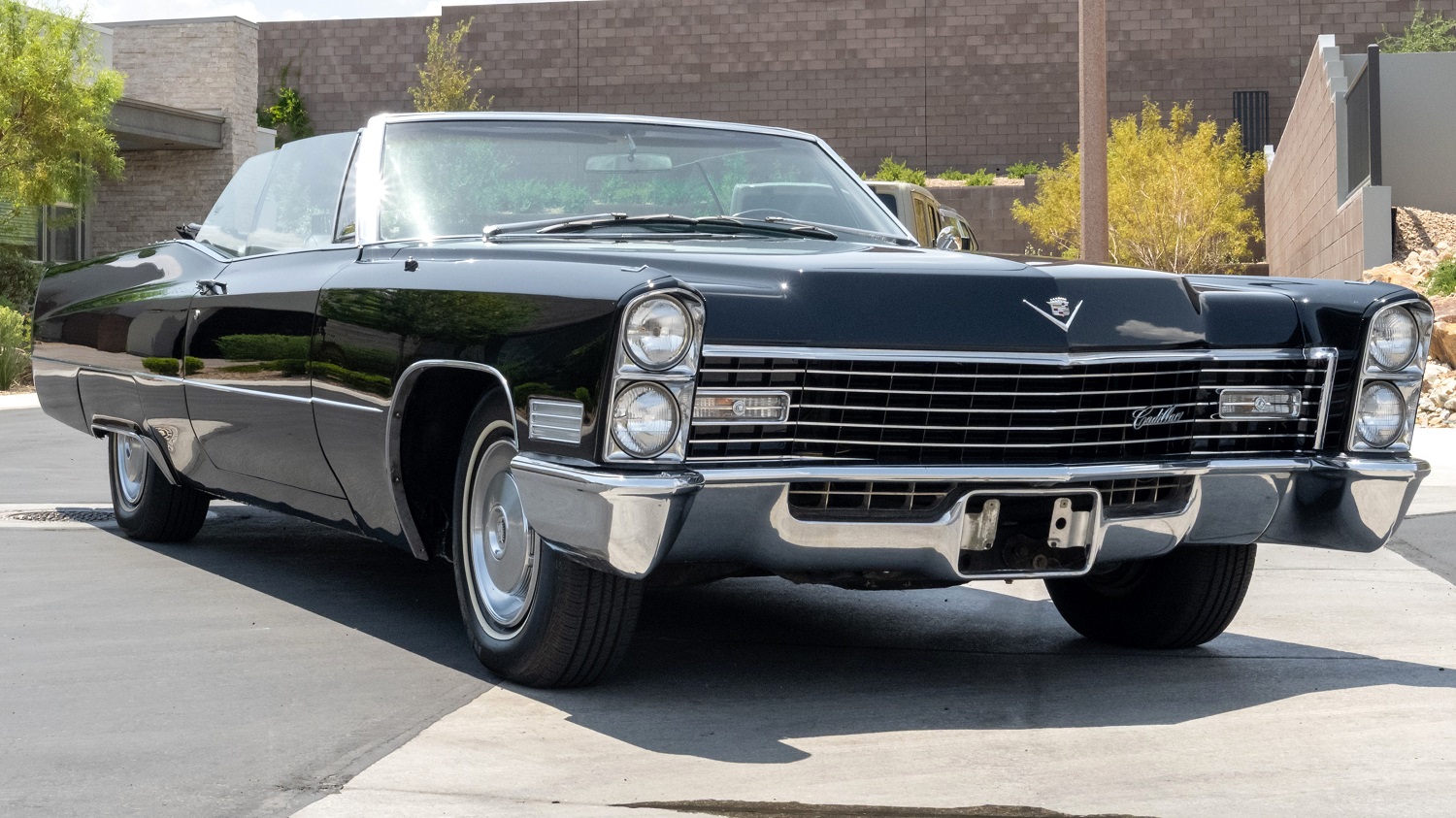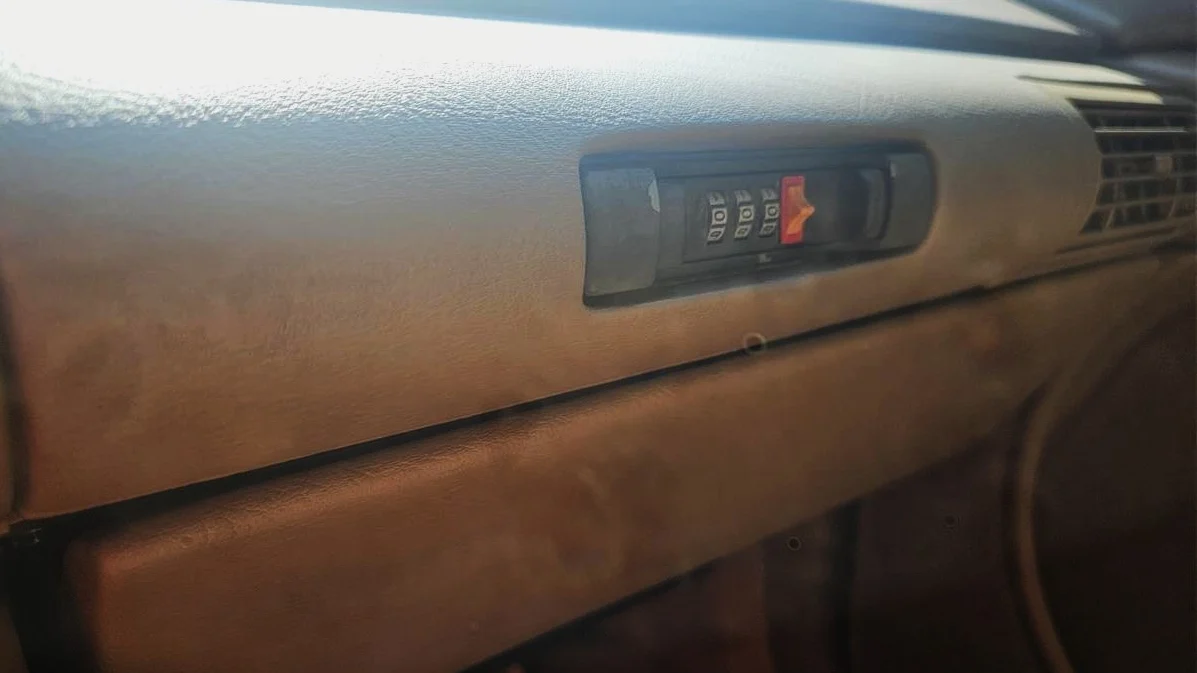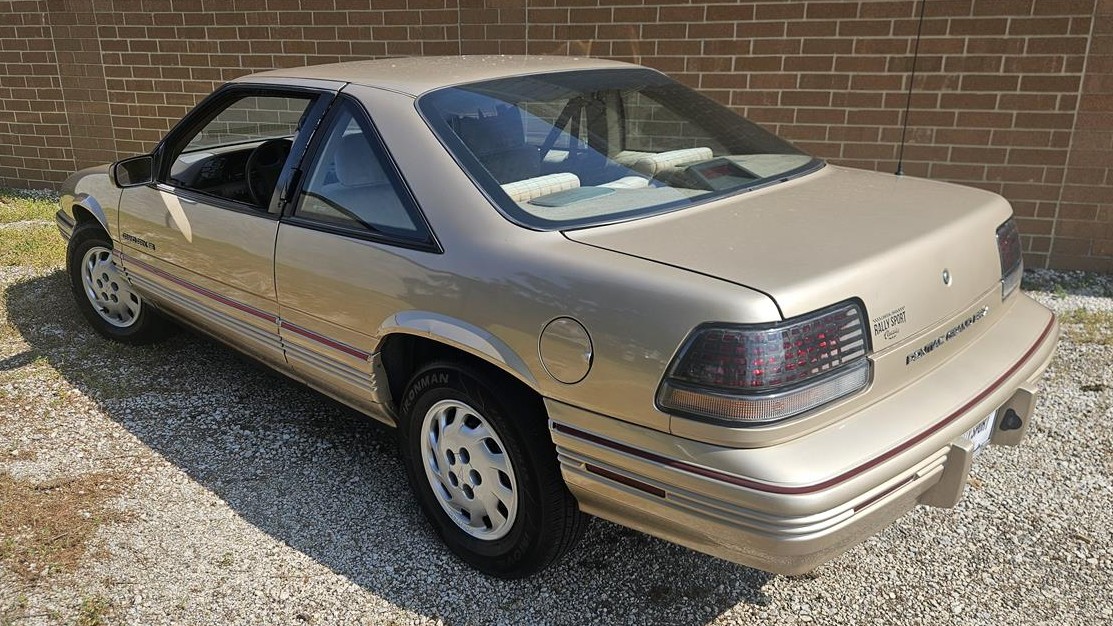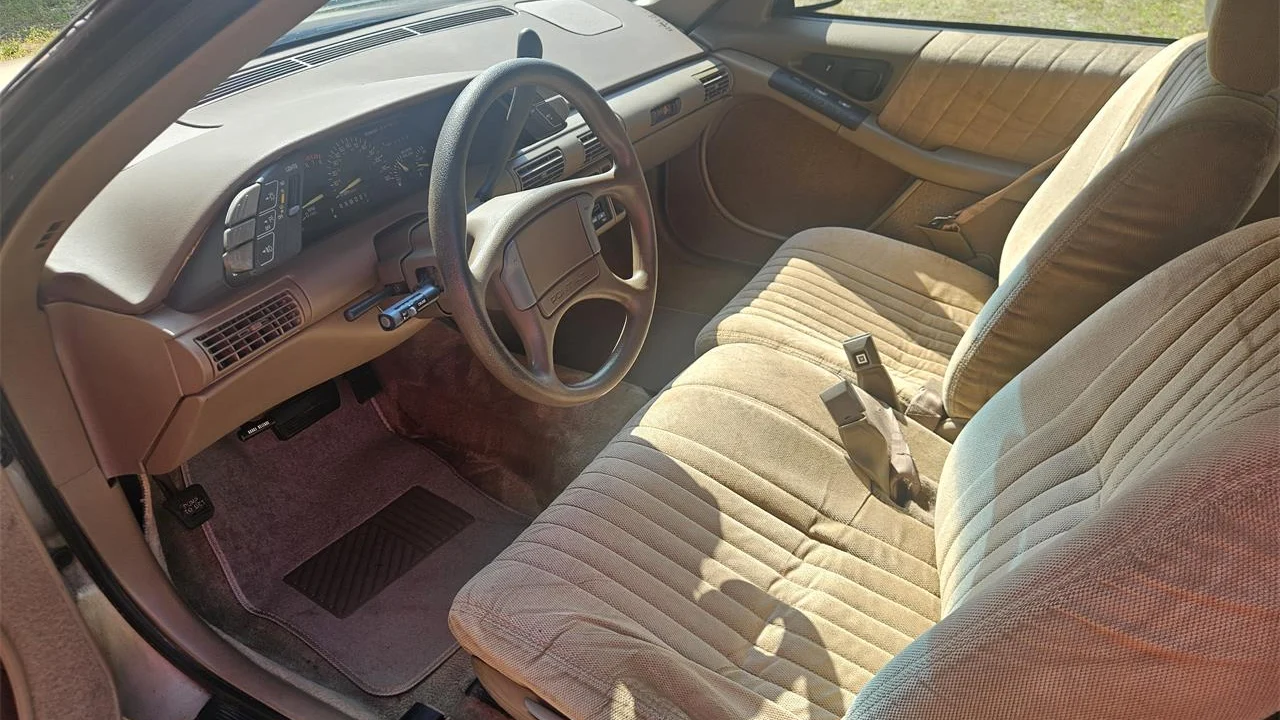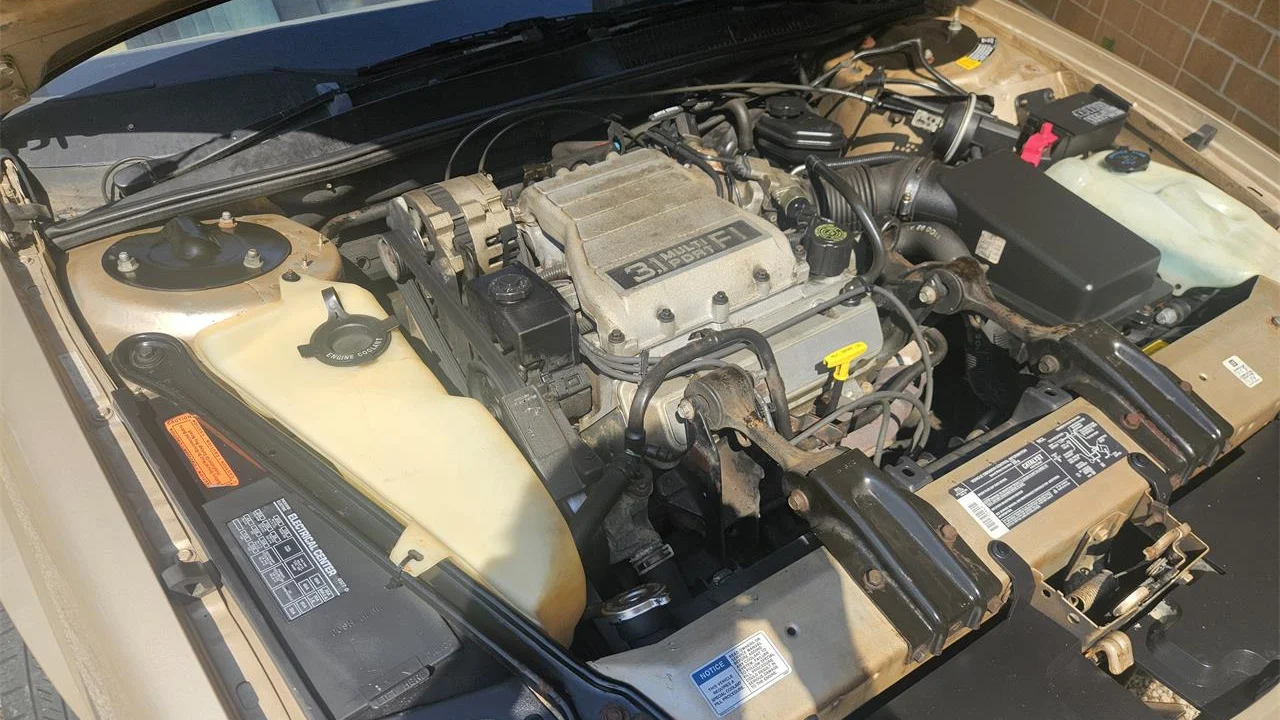In the mid-1990s, the sport-utility marketplace was gaining momentum, and Land Rover was right on the front lines. In 1994, Four Wheeler magazine awarded the Land Rover Defender 90 the title “Four Wheeler of the Year.” The following year, Land Rover did it again – this time, with the Discovery. What made the “Disco” such a standout in its segment? You might have to drive one to find out. Luckily for you, we’ve found a prime example:
Featured on AutoHunter is this 1994 Land Rover Discovery 4WD. The sport-utility vehicle is being sold by a private party in Peoria, Arizona, and the auction will end Monday, July 7, 2025, at 11:15 a.m. (PDT).

Finished in Beluga Black over tan, this Discovery’s silhouette showcases one of its most recognizable exterior features: a raised rear roof section over the cargo area with upward-facing windows for the ultimate safari-style experience. The vehicle’s boxy body looks straight and clean – especially for being a three-decade-old SUV that was built with off-roading intentions.

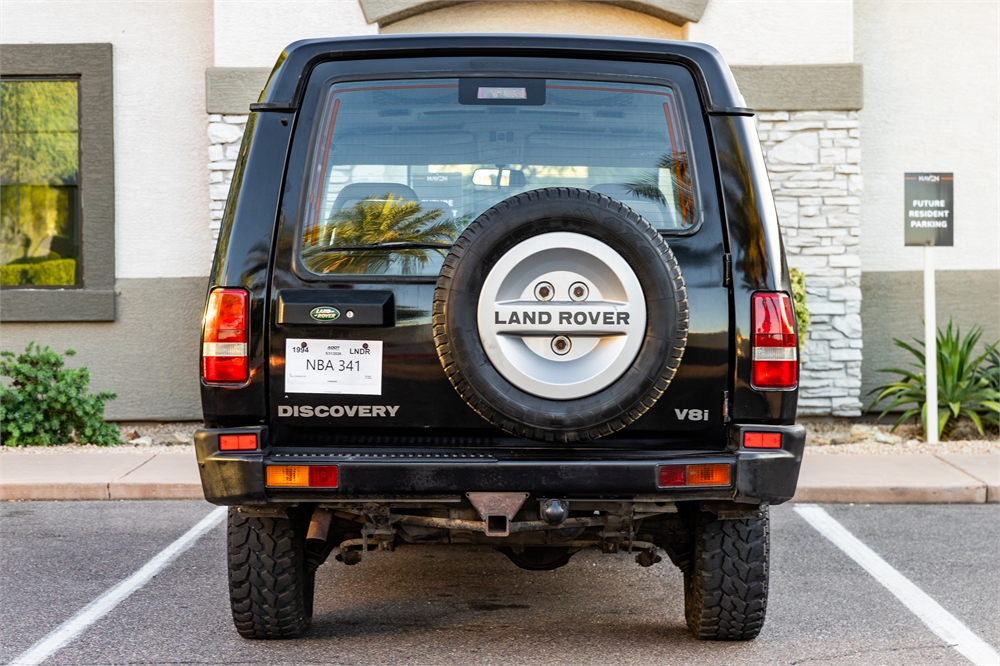
The Discovery established a name for itself as a capable rig thanks in part to its ample ground clearance (at 8.1 inches). The “Series I” version dates back to 1989 when it was first shown at the Frankfurt Motor Show. Its chassis, suspension and four-wheel-drive system were derived from the Discovery’s larger (and more upscale) sibling, the Range Rover. Exterior features included roof rails, side steps and a swing-away rear-mounted spare tire.
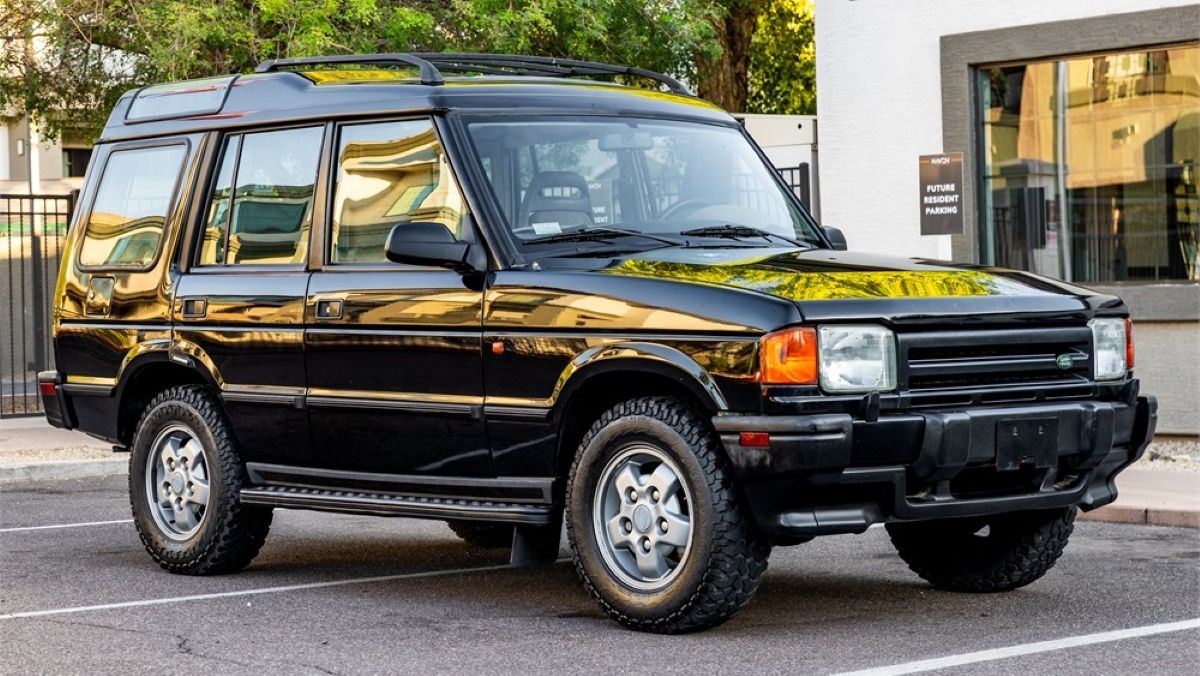
For being such a rugged machine, the Discovery still offered its share of creature comforts on the inside. Some of them included a power sunroof, cruise control and dual-zone air conditioning, all of which are equipped on today’s featured vehicle. The audio system is upgraded to a Kenwood AM/FM/CD setup, but the equipment appears largely unmodified otherwise.
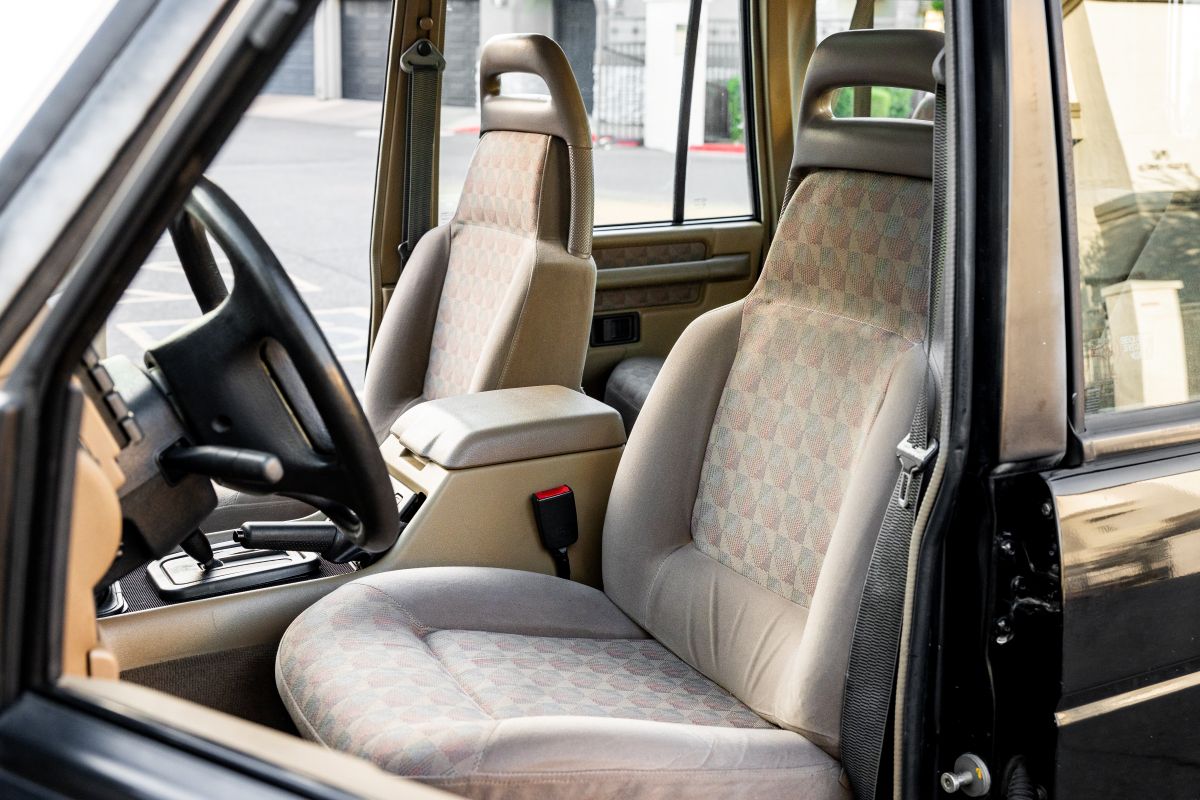
Under the hood, you’ll find a Rover 3.9-liter V8, which is mated to a ZF 4HP22 four-speed automatic transmission and a dual-range transfer case. The AutoHunter listing outlines some of the maintenance that has been performed since March 2025, including an oil change, air conditioner recharge, spark plug replacement and battery change.
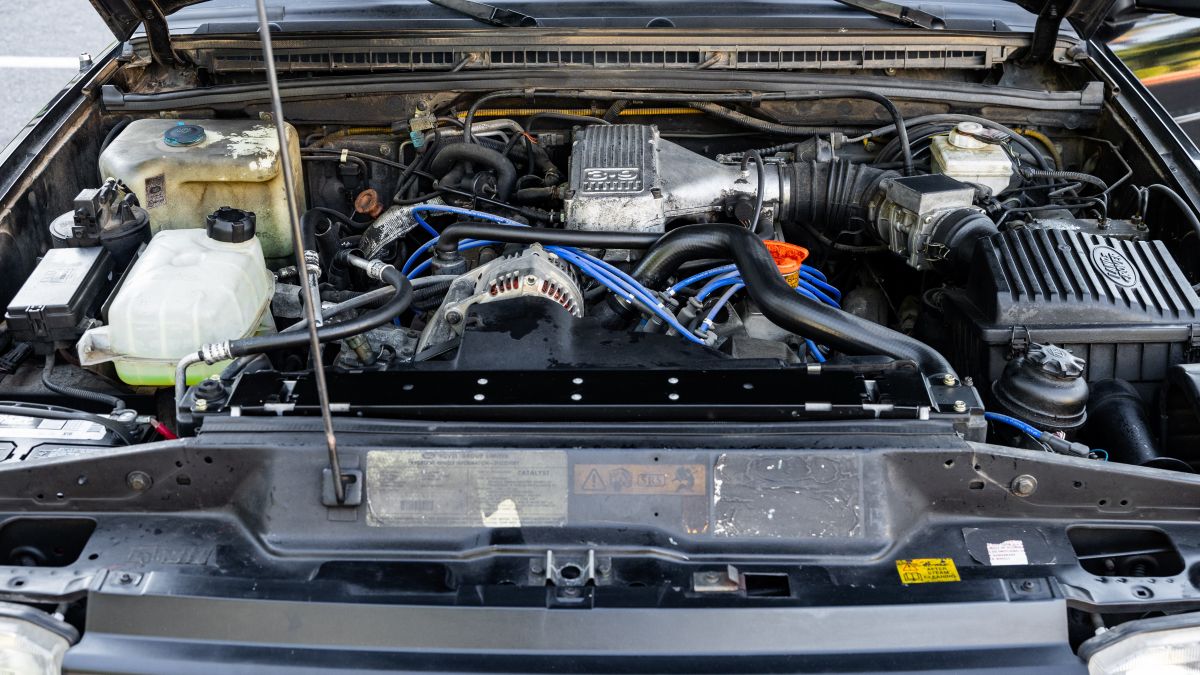
Adding to the positive-attribute checklist, the CARFAX report shows accident-free and damage-free ownership since new. The first owner took delivery in June 1994 in California and the vehicle remained in that area until 2005; subsequently, there were registration events shown in both Washington and Arizona. The last emissions check was performed in 2018, and the current odometer reading is 136,627 miles. This Disco has plenty of adventurous miles ahead.
Back to our earlier mention of Four Wheeler magazine’s awards: Do you think you could guess which vehicle broke Land Rover’s consecutive winning streak? It was the 1996 Jeep Grand Cherokee.
The auction for this 1994 Land Rover Discovery 4WD ends Monday, July 7, 2025, at 11:15 a.m. (PDT).
Visit the AutoHunter listing for more information and a photo gallery

